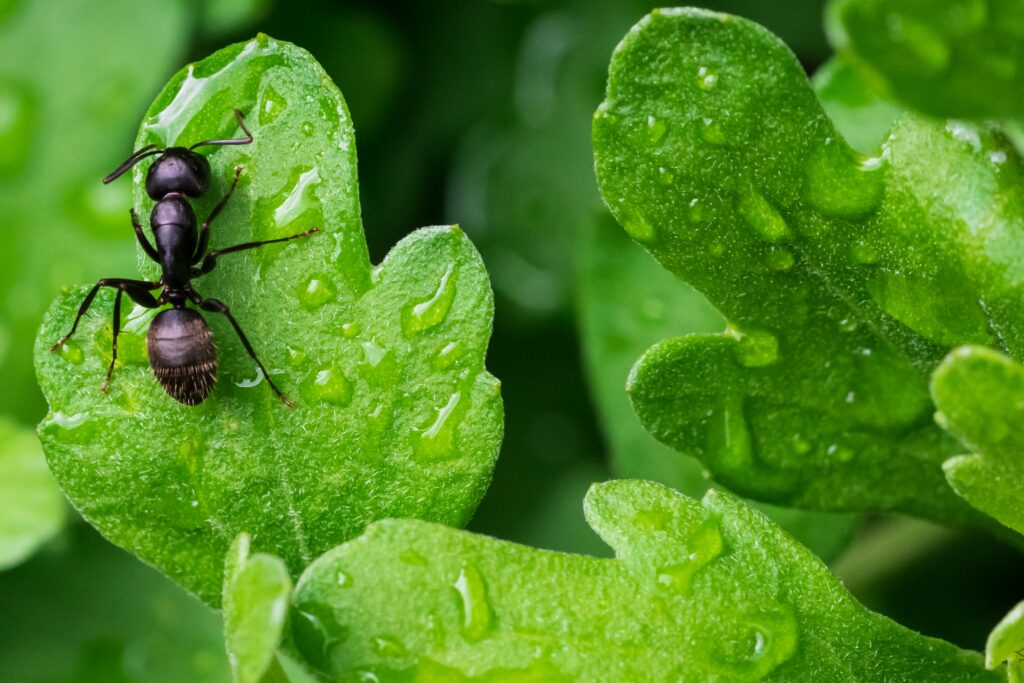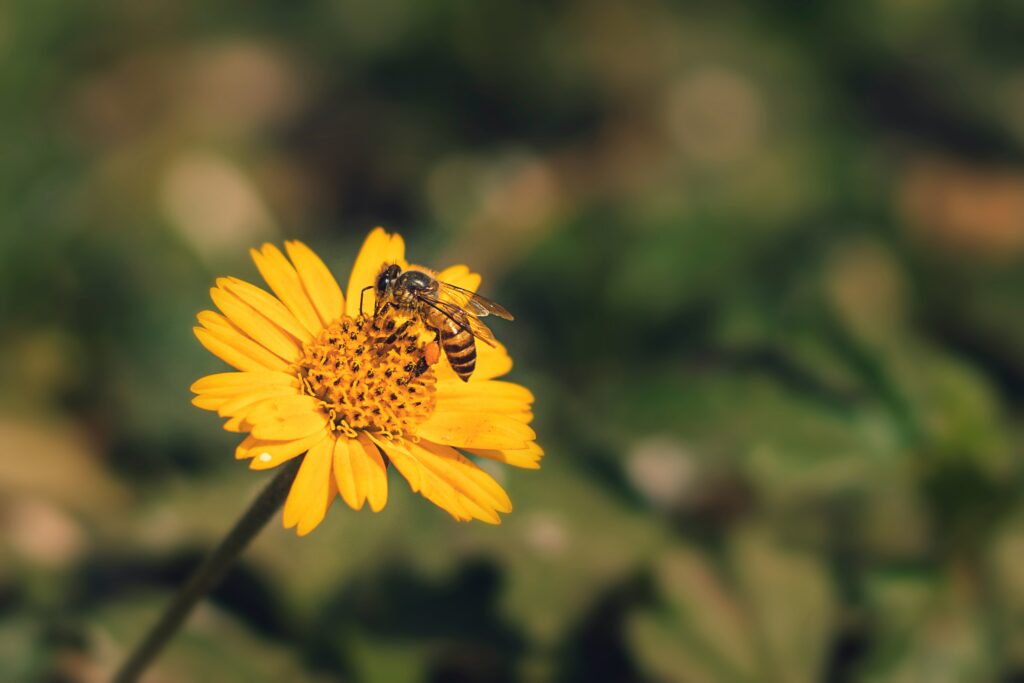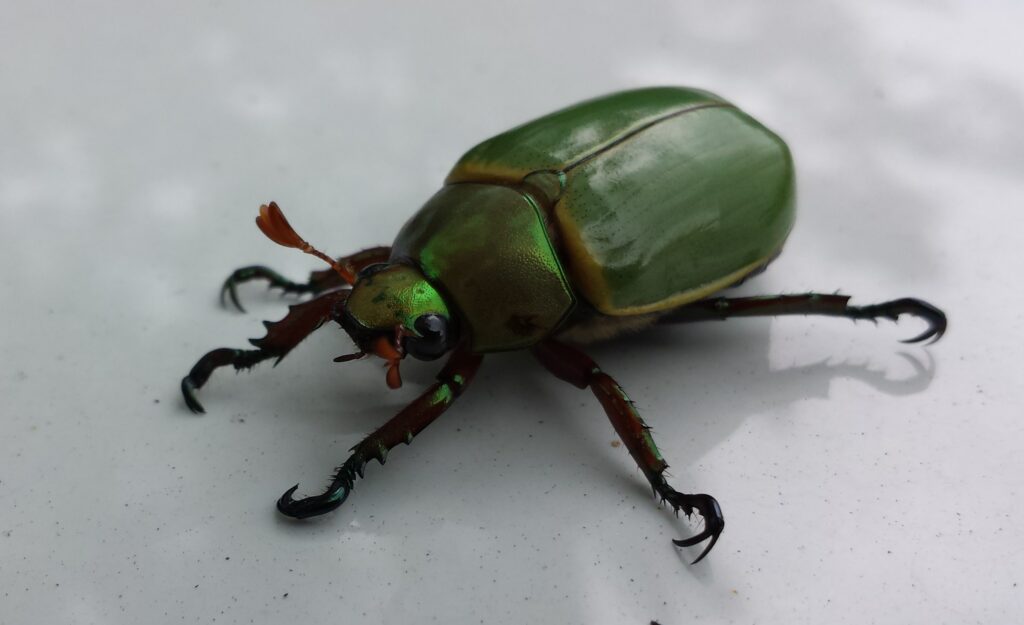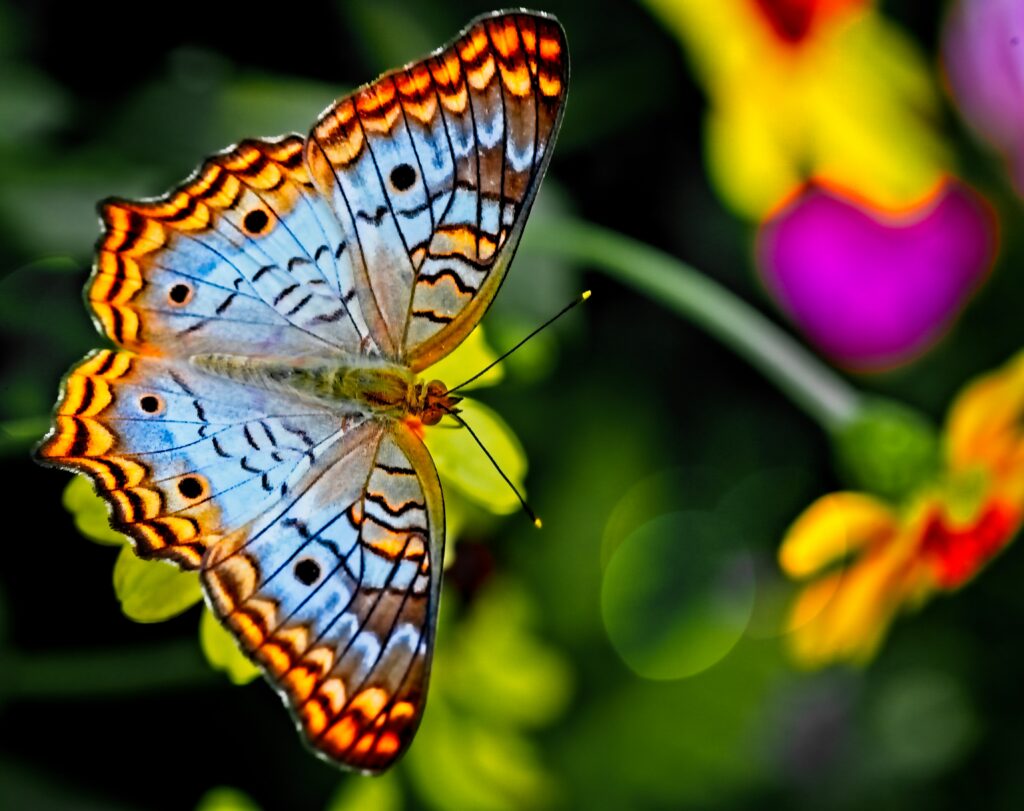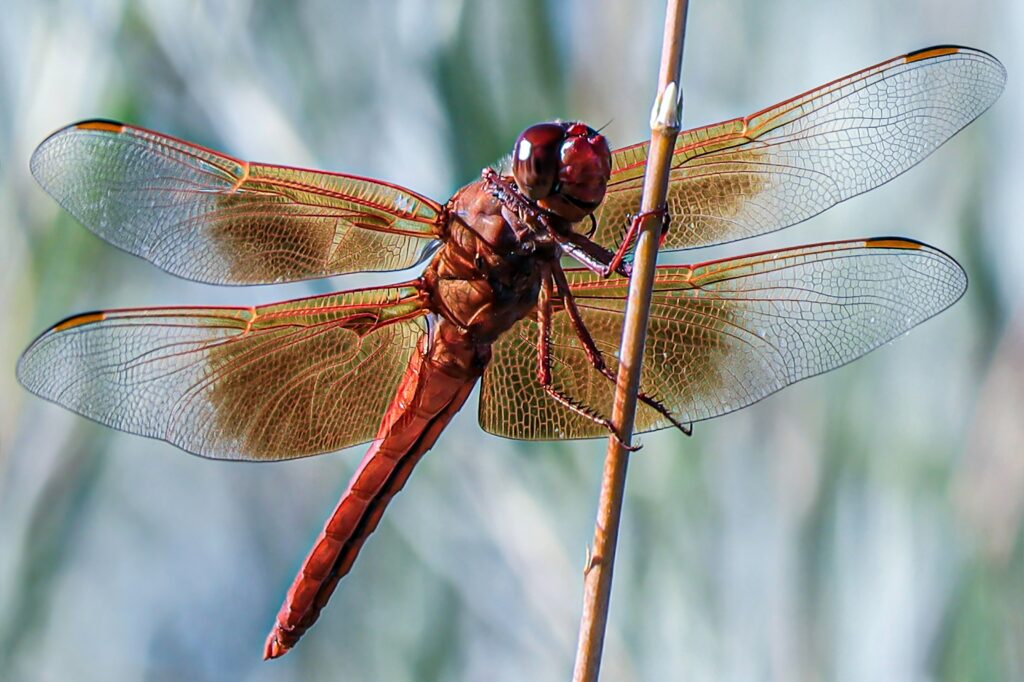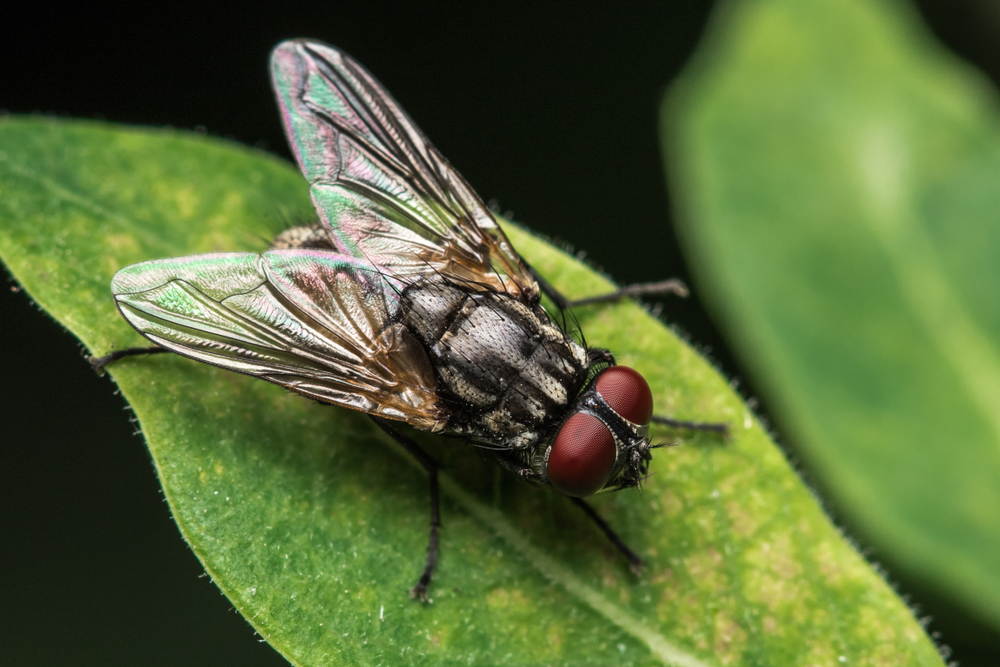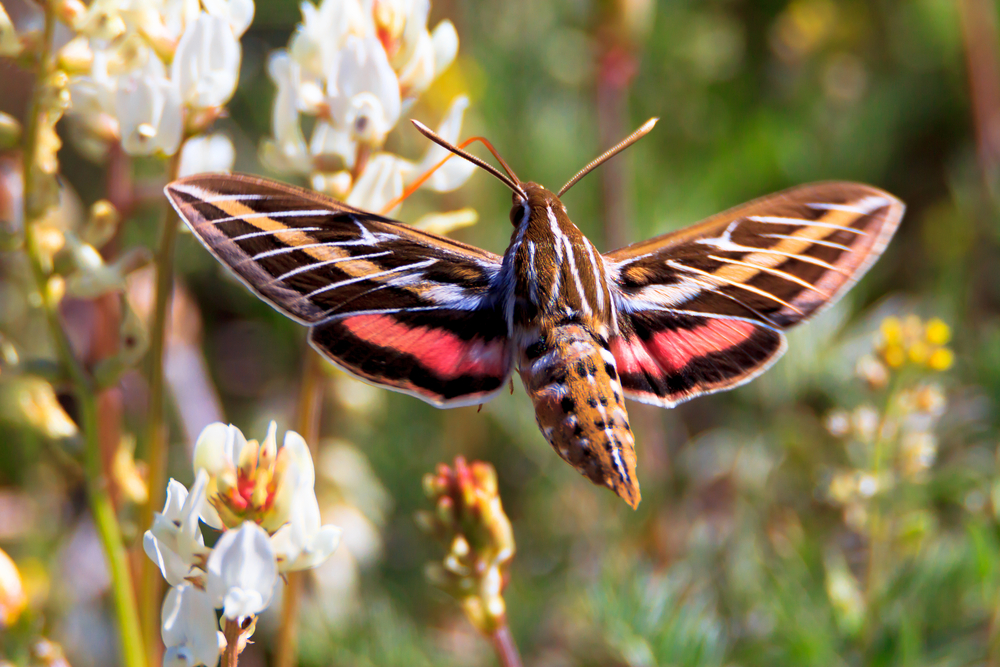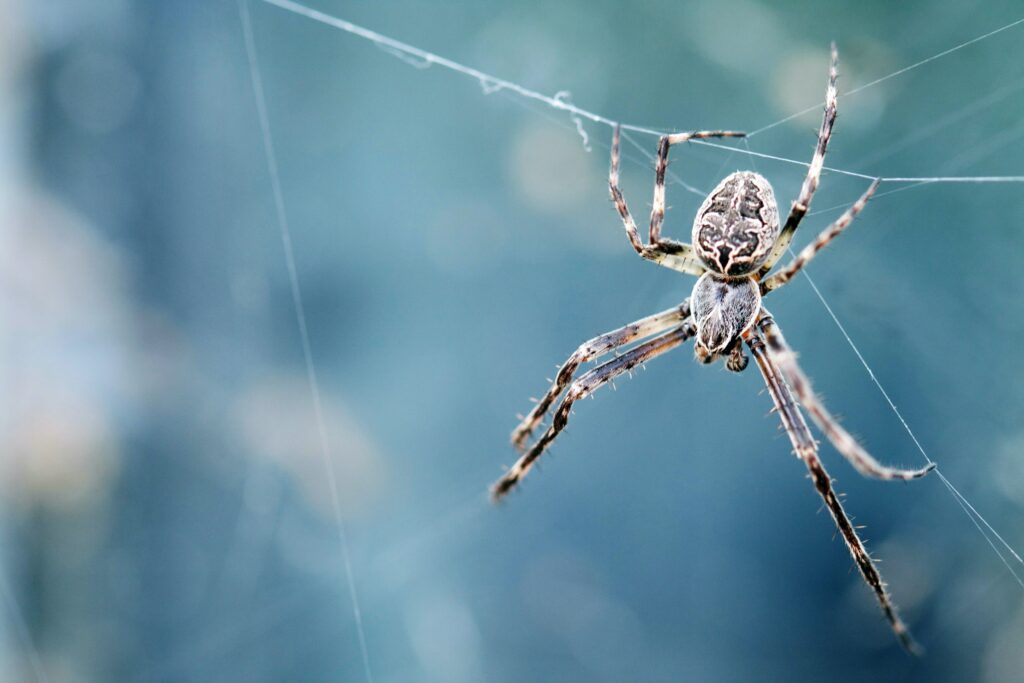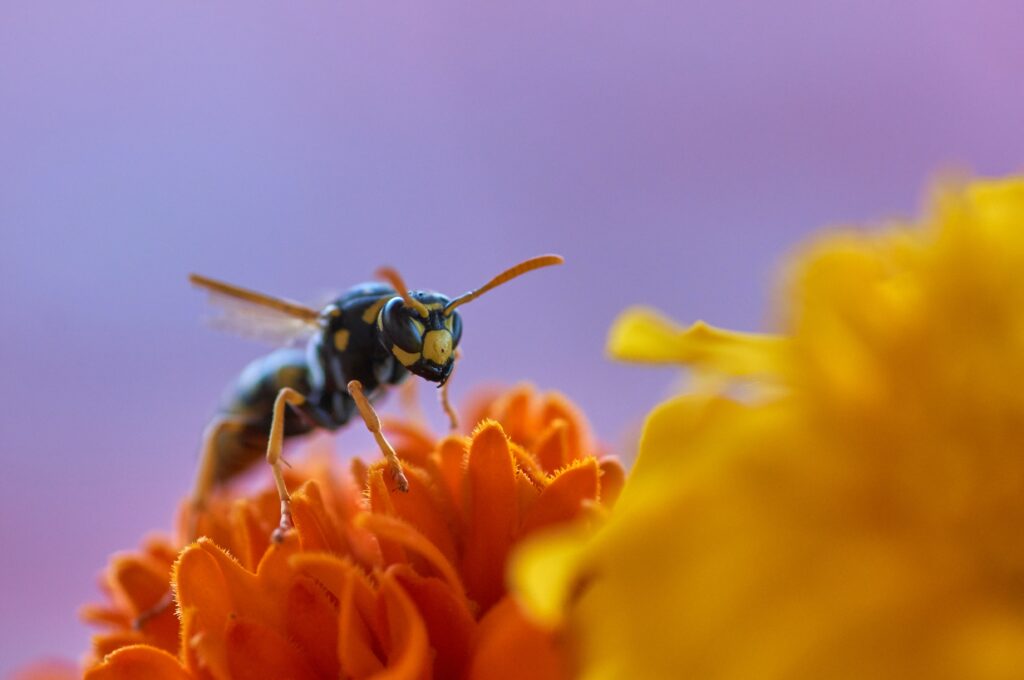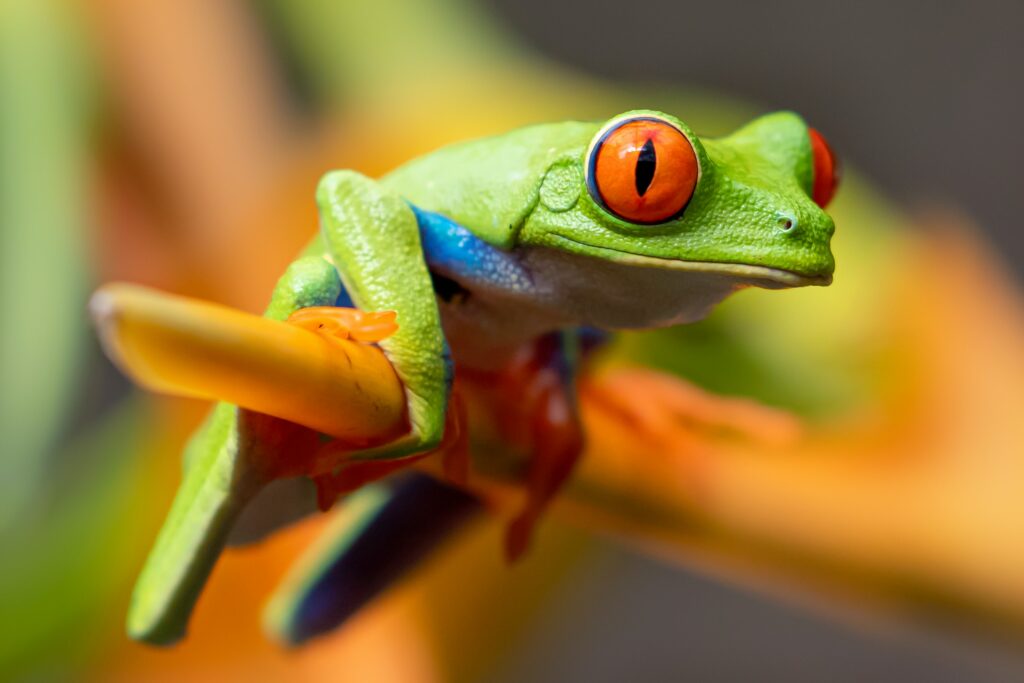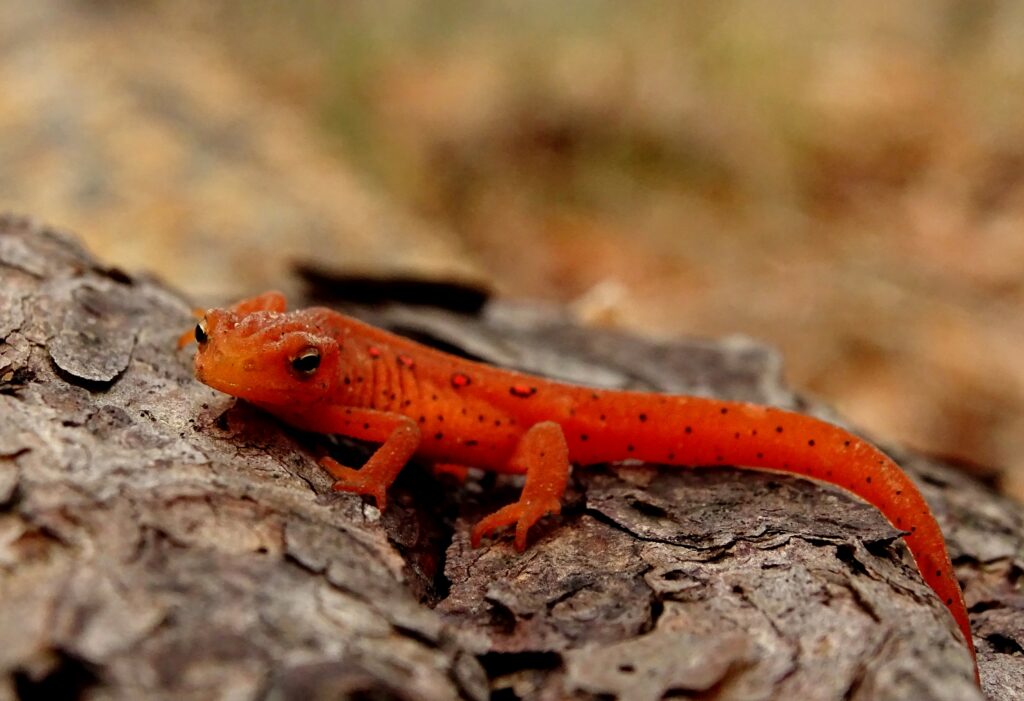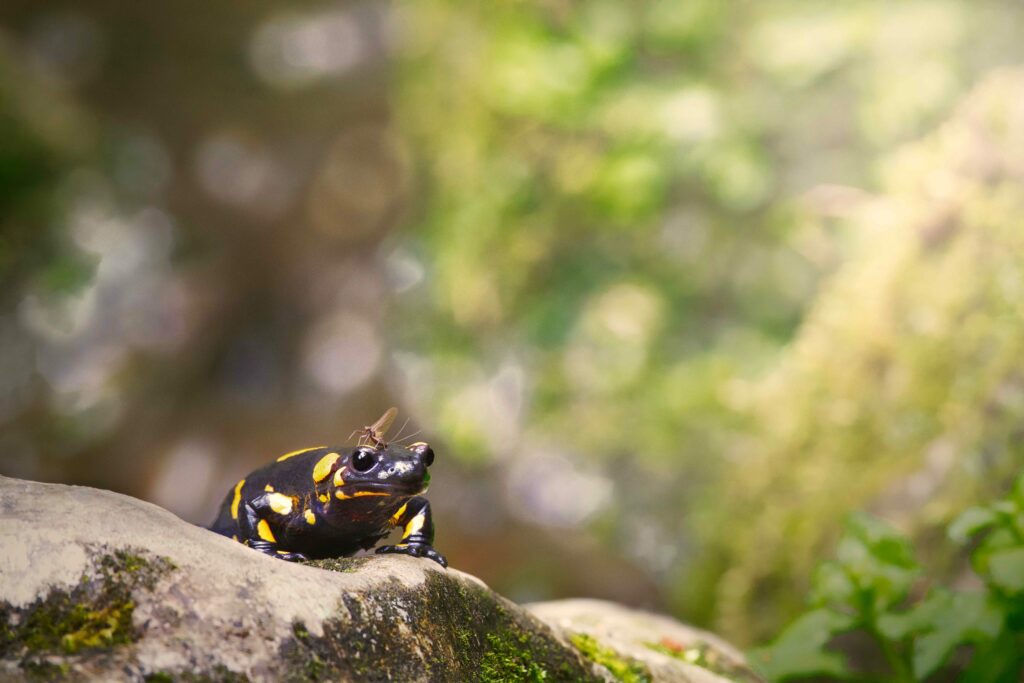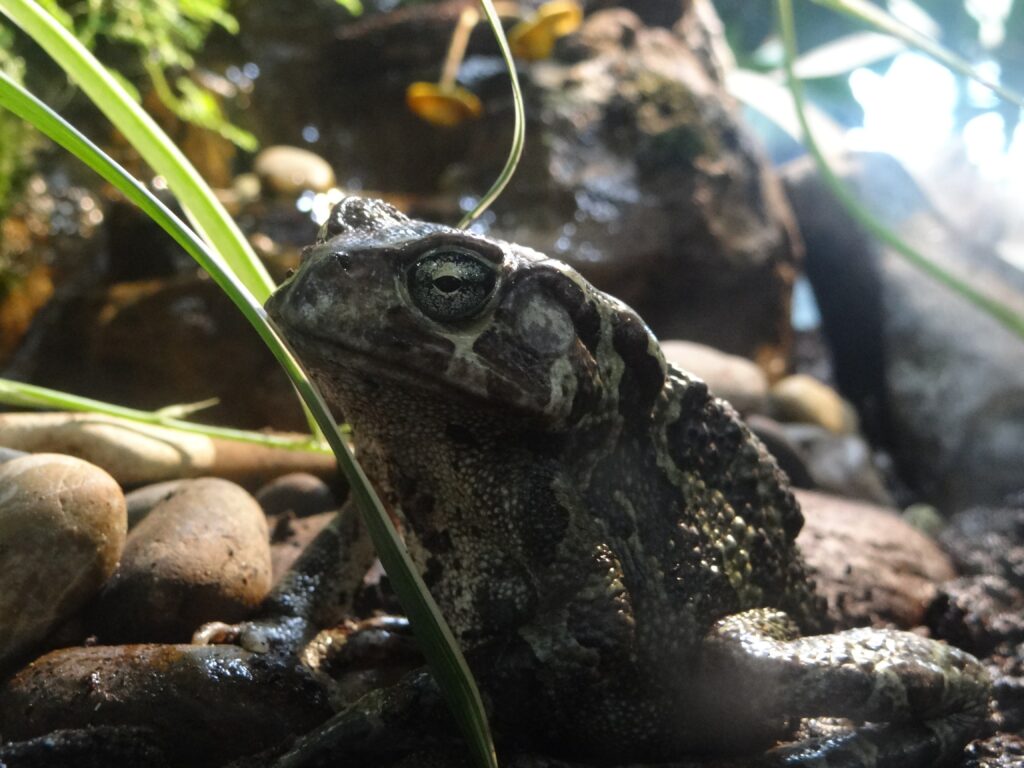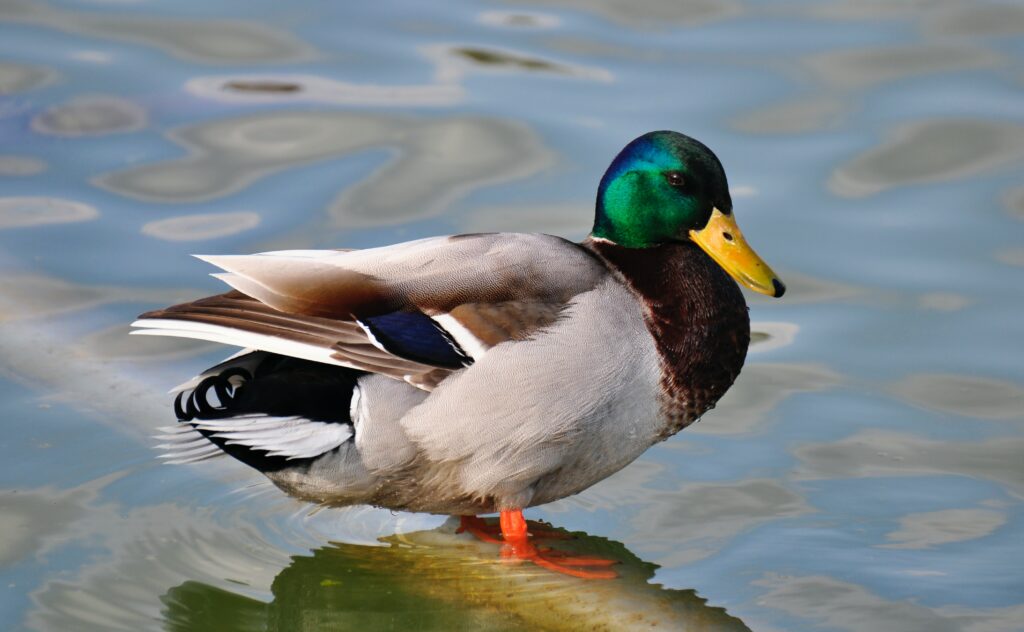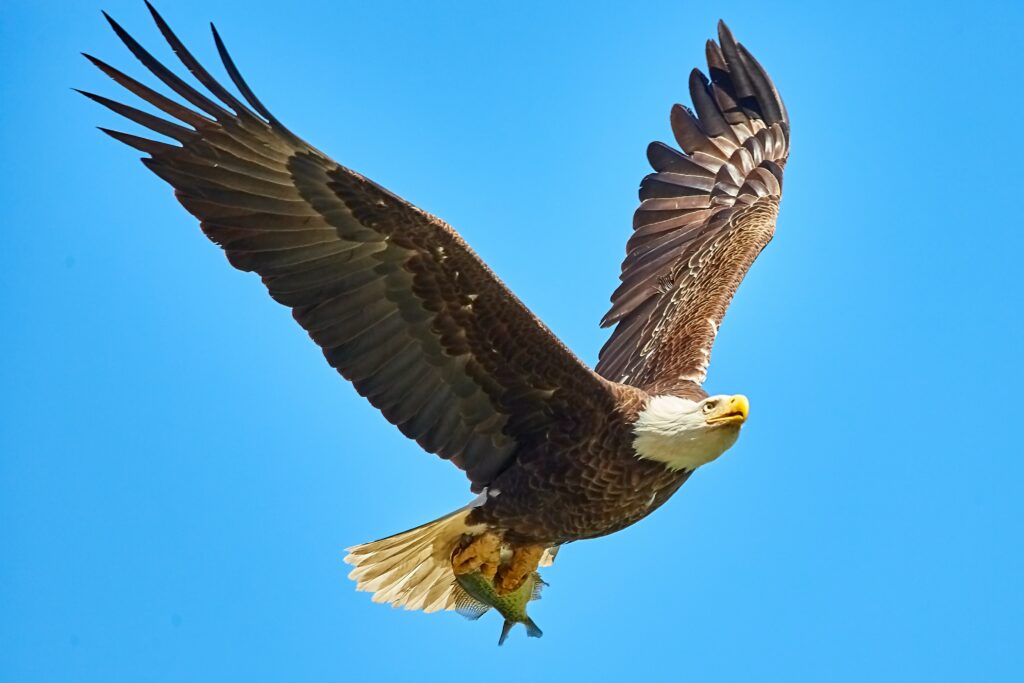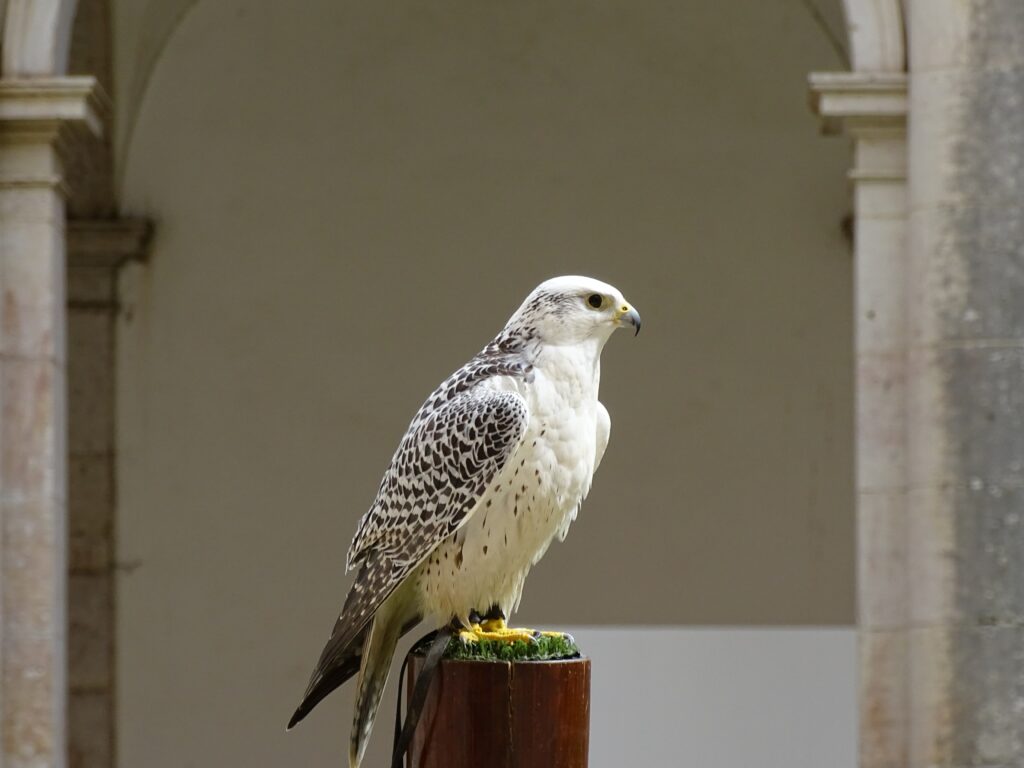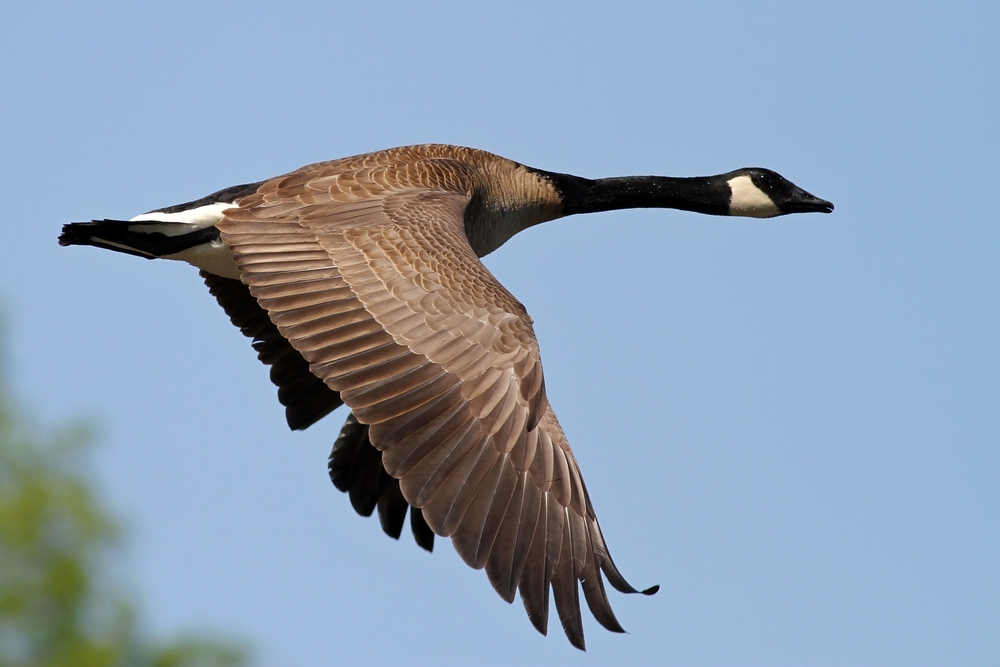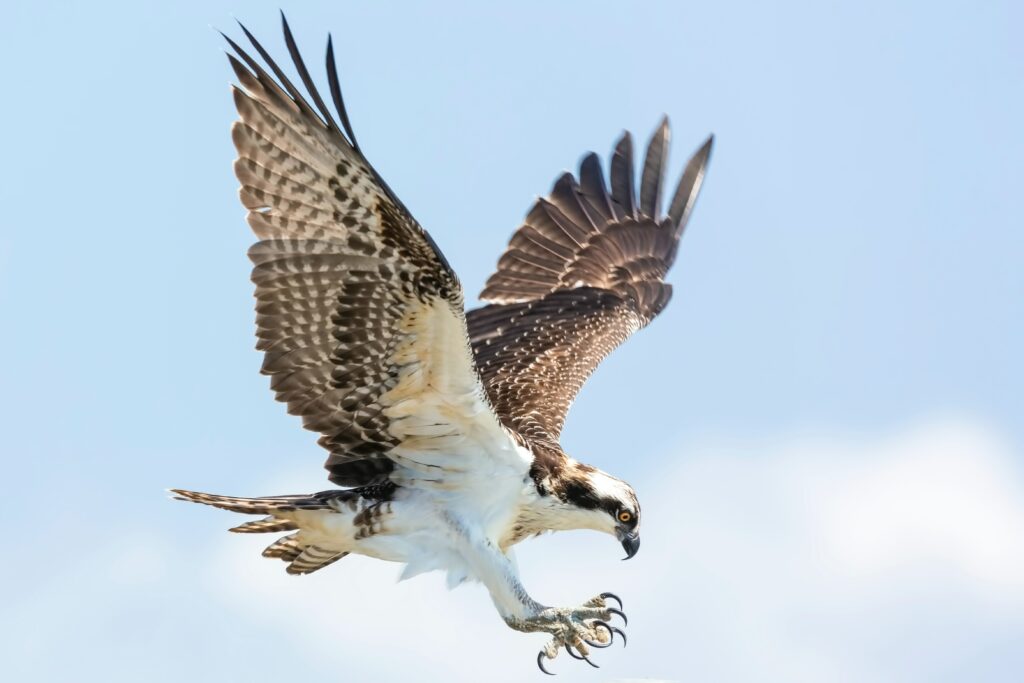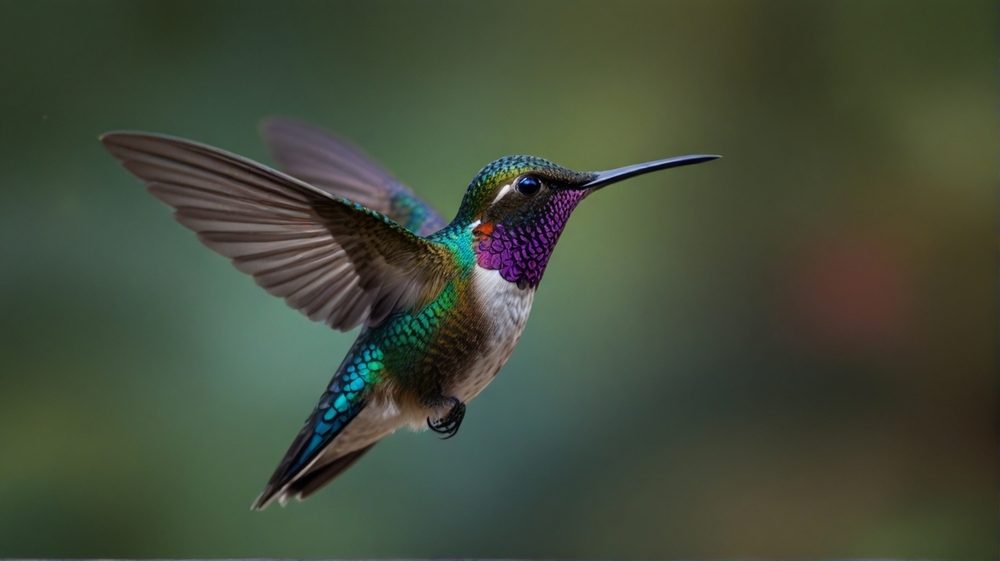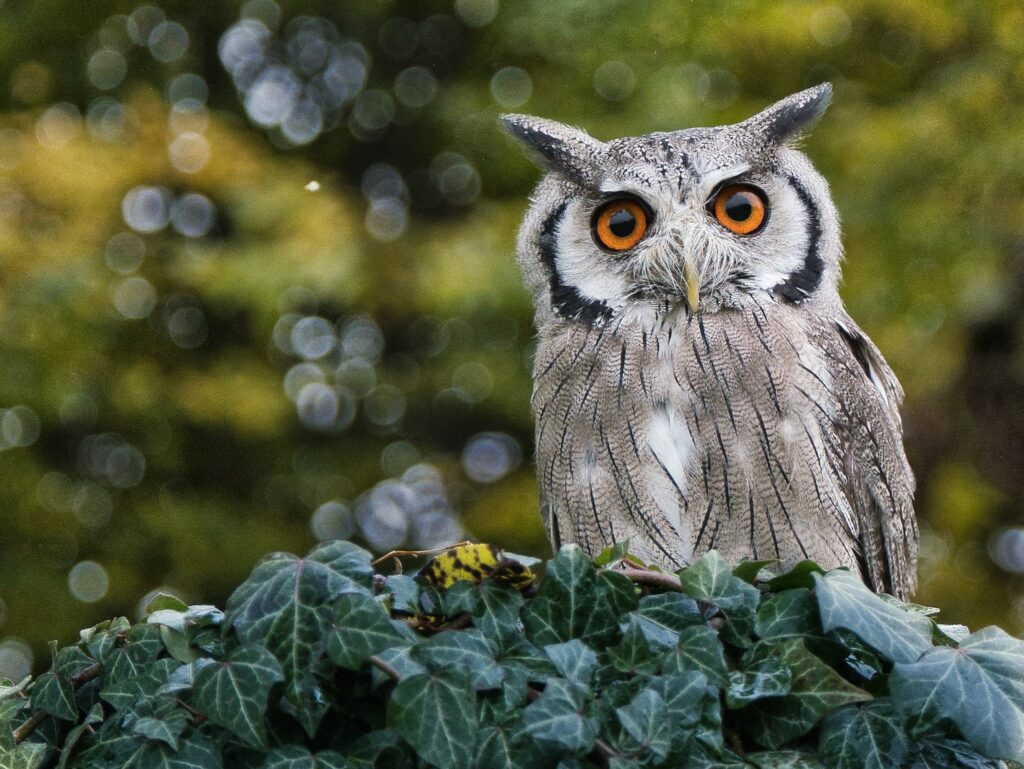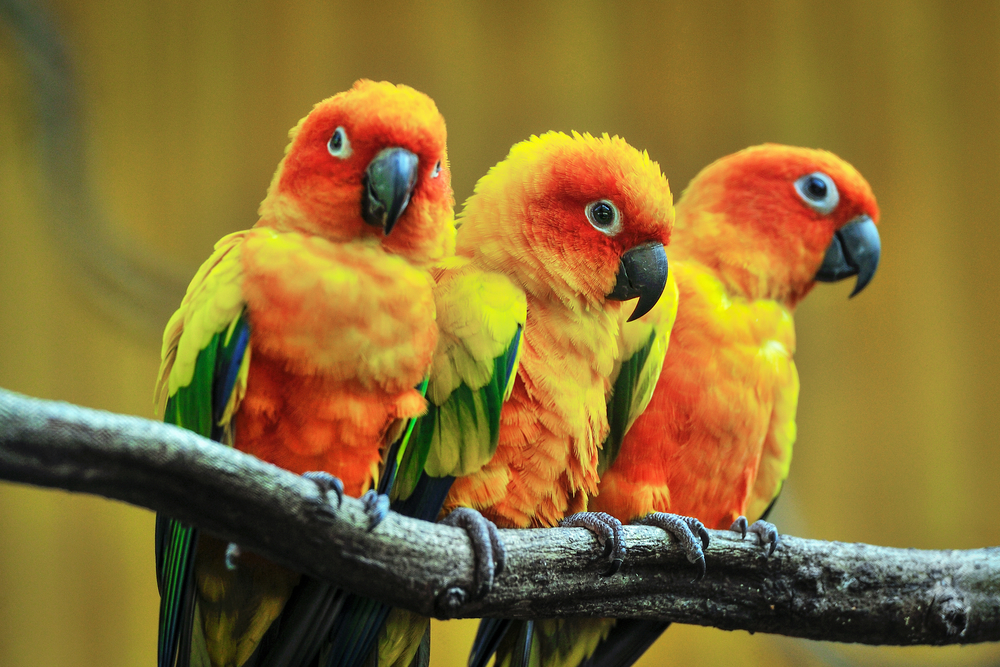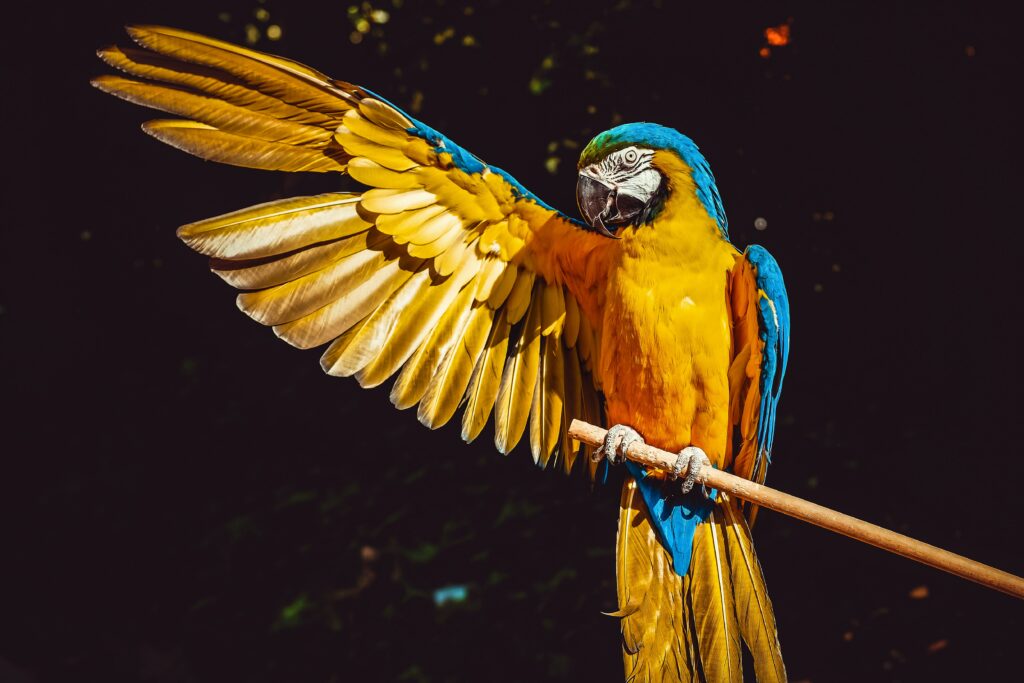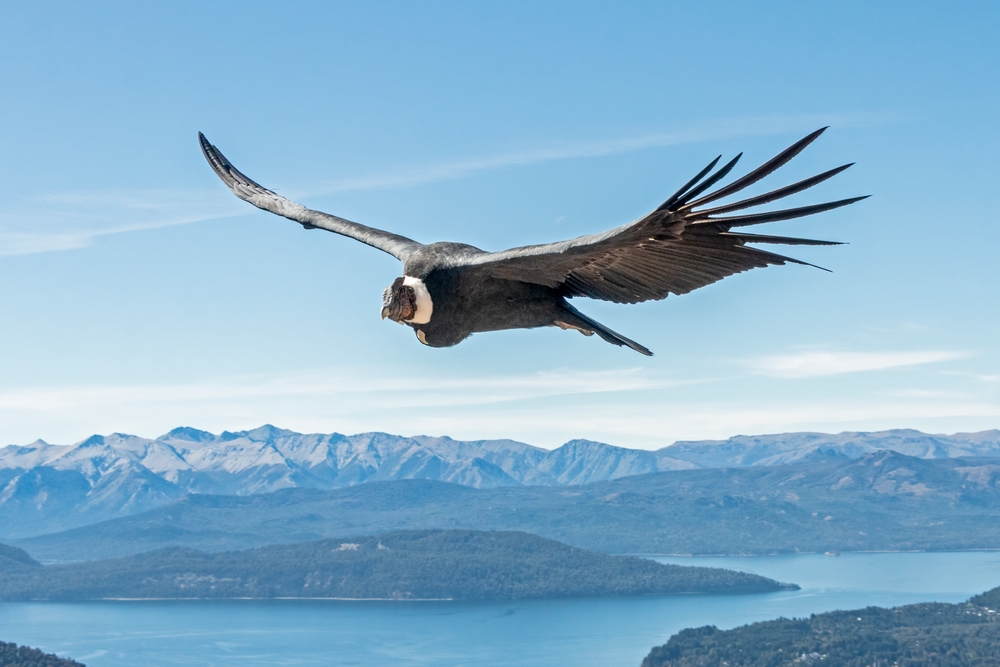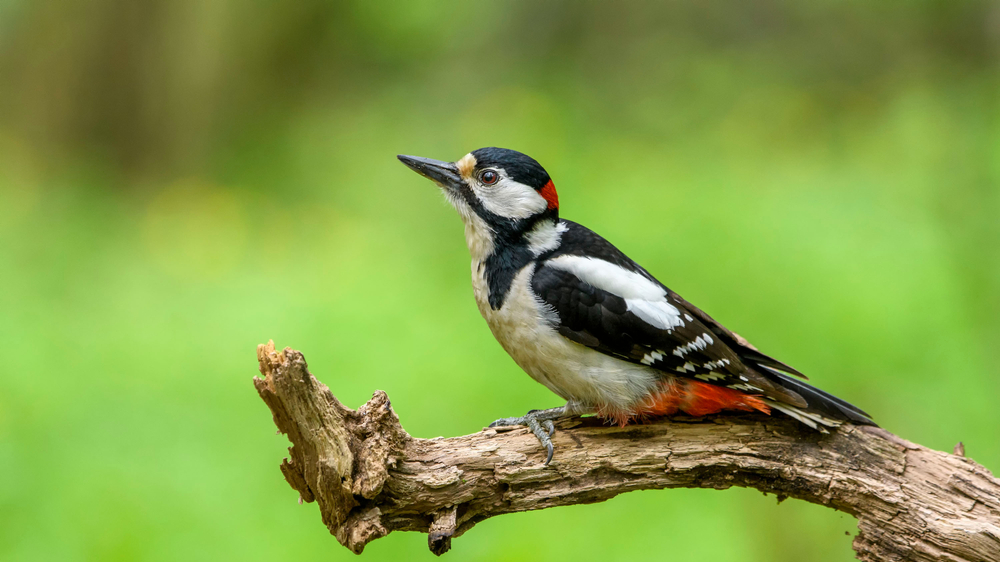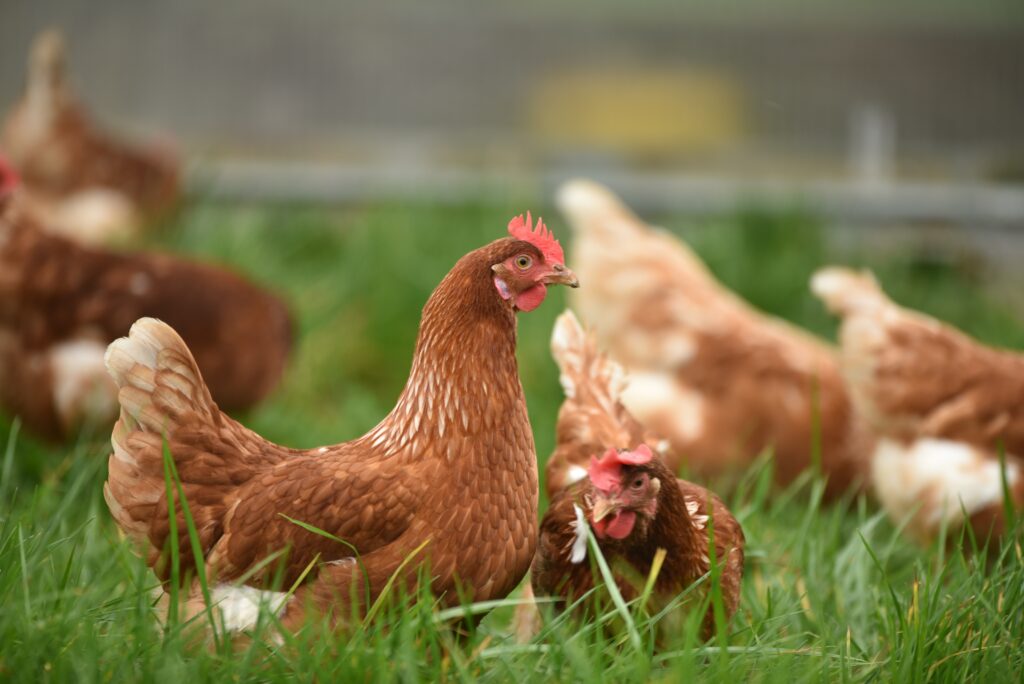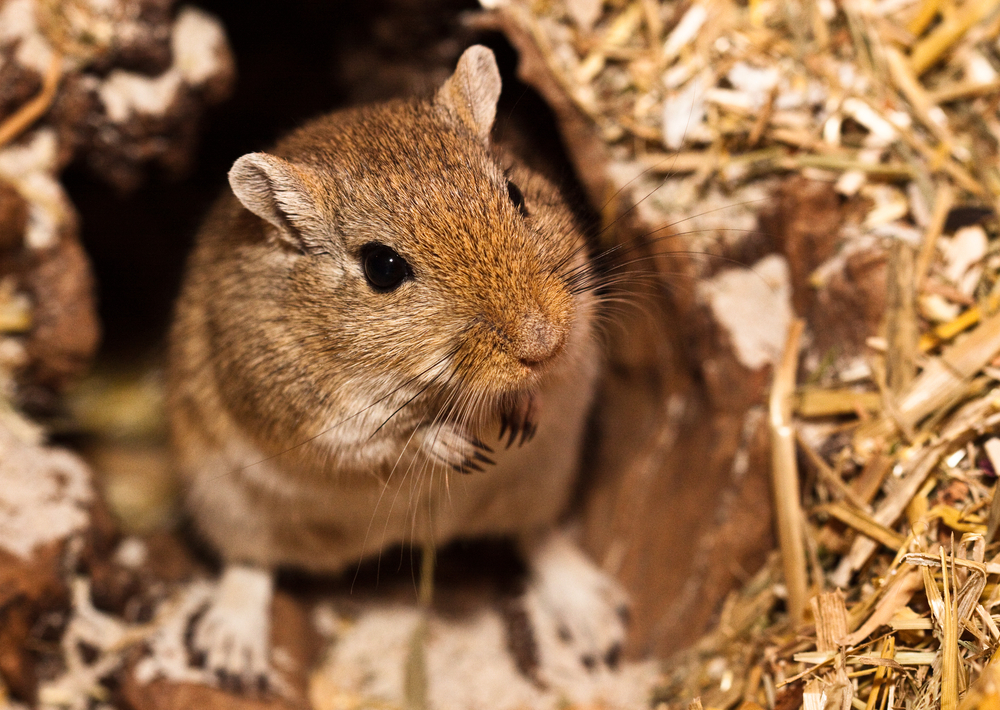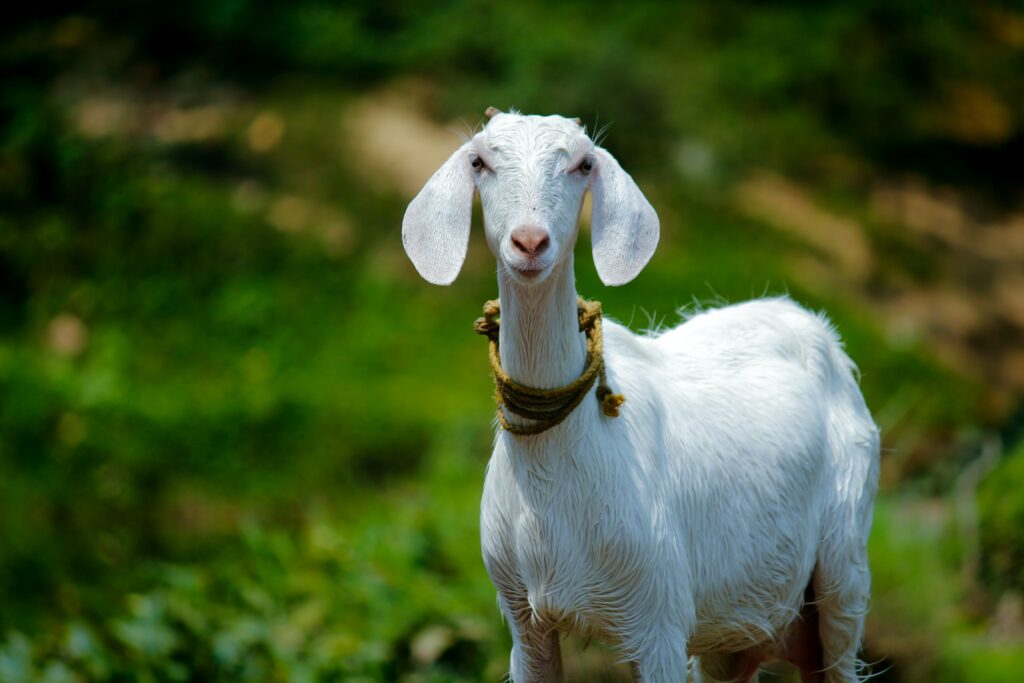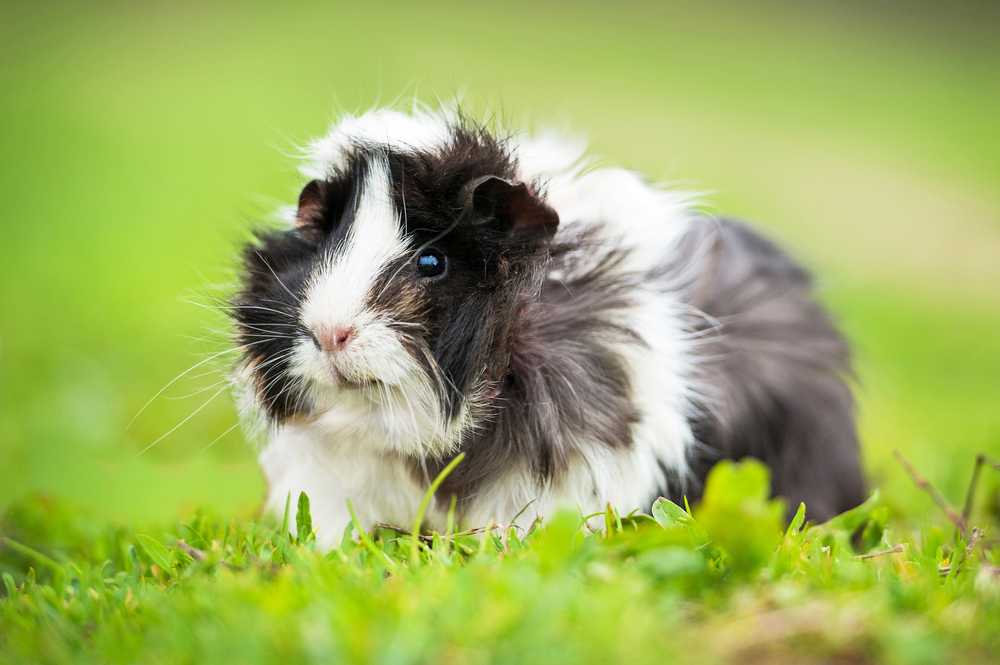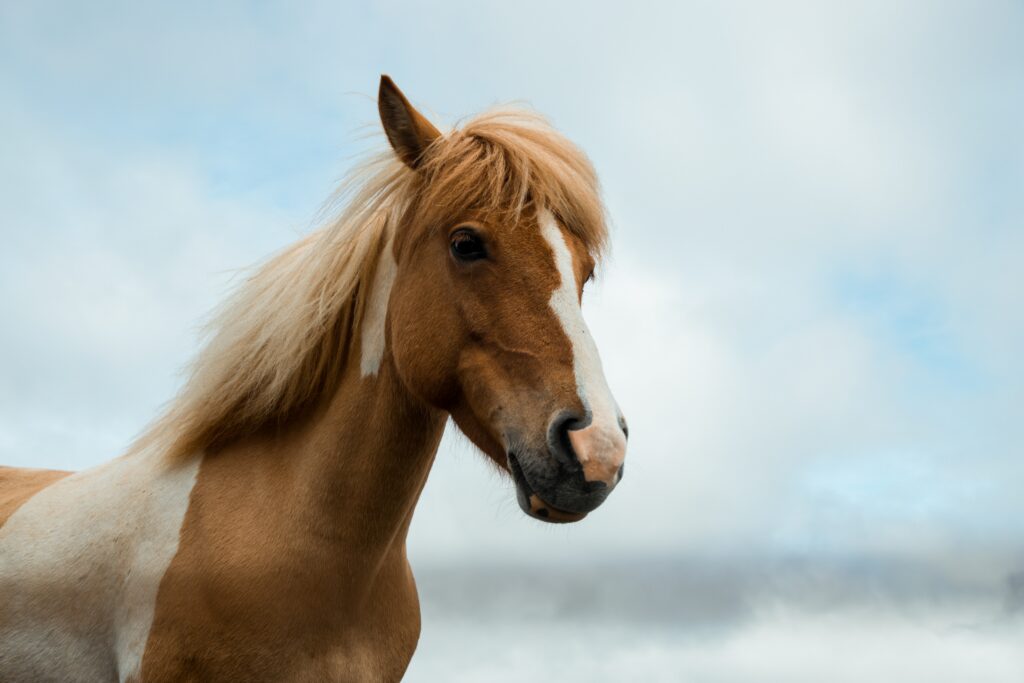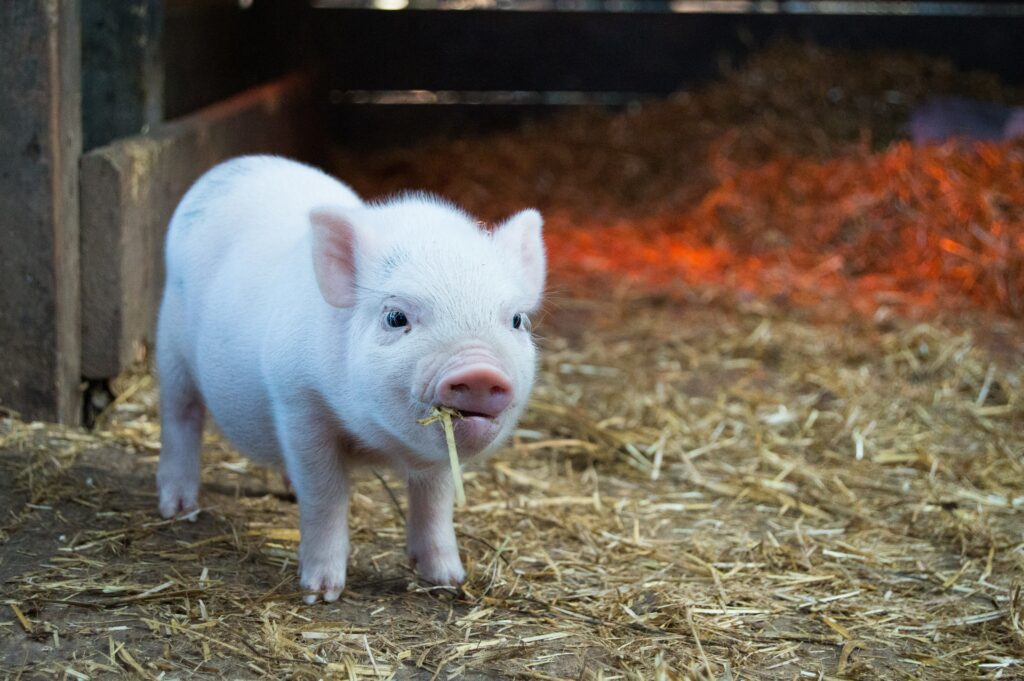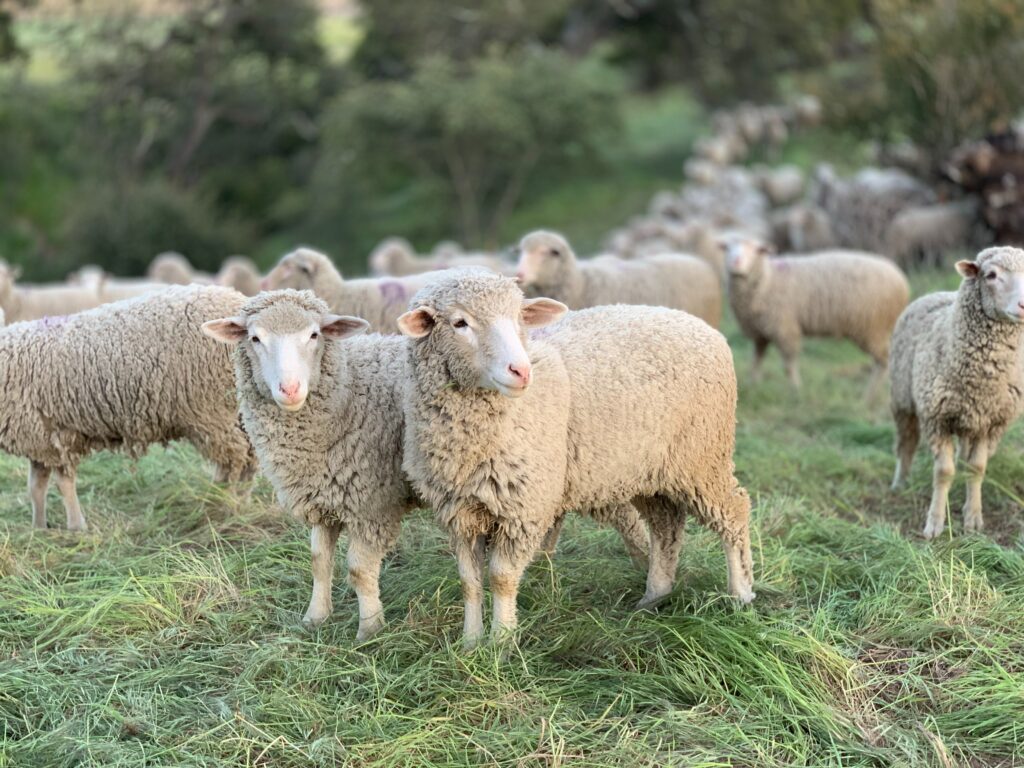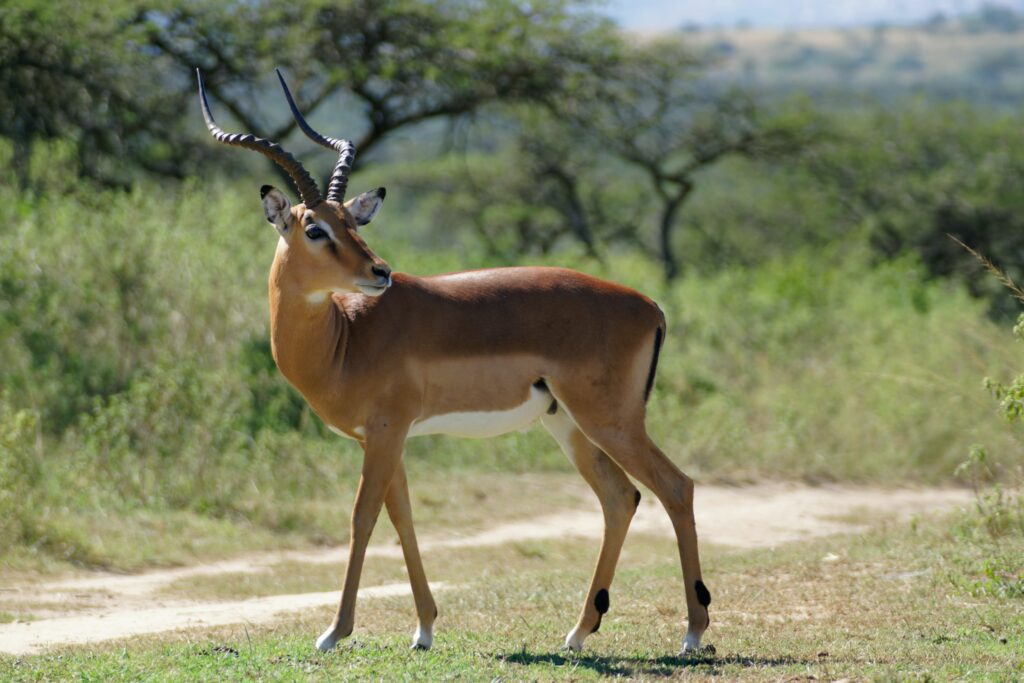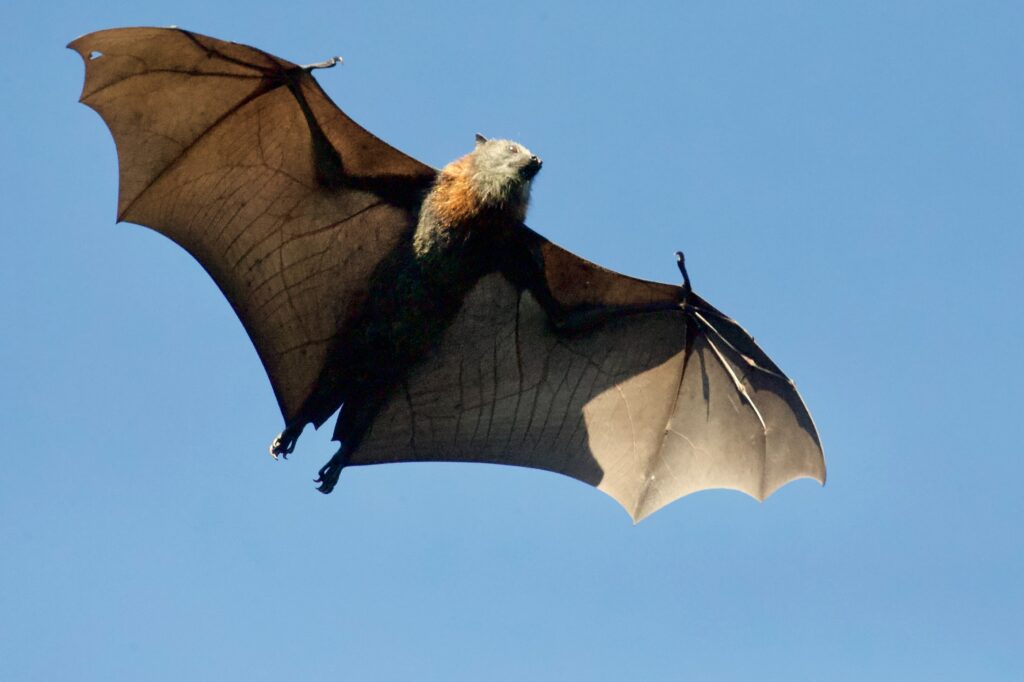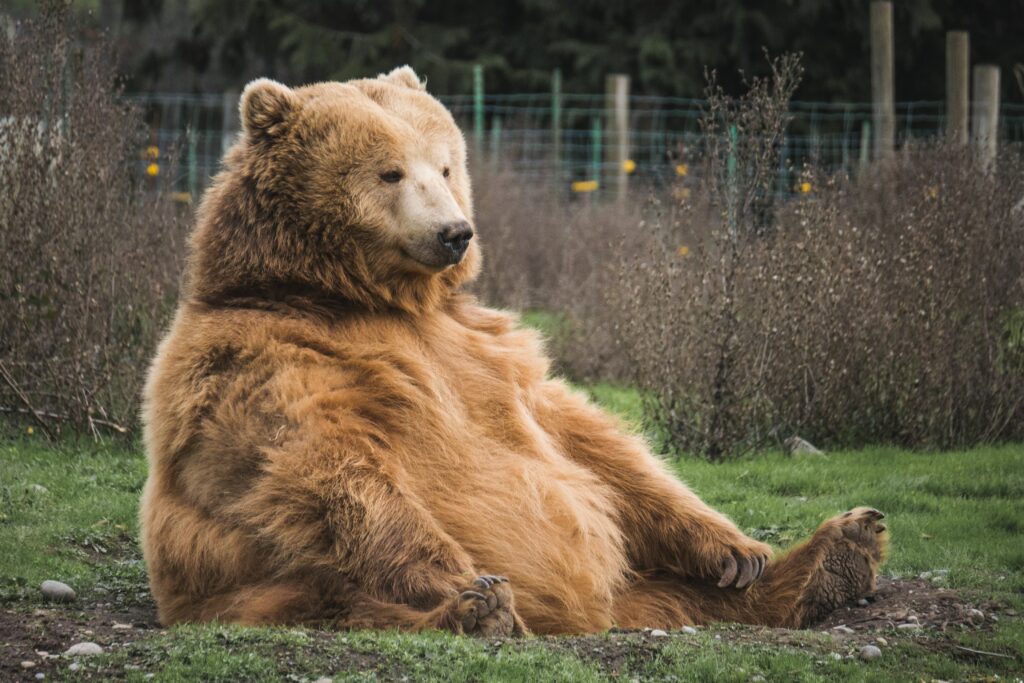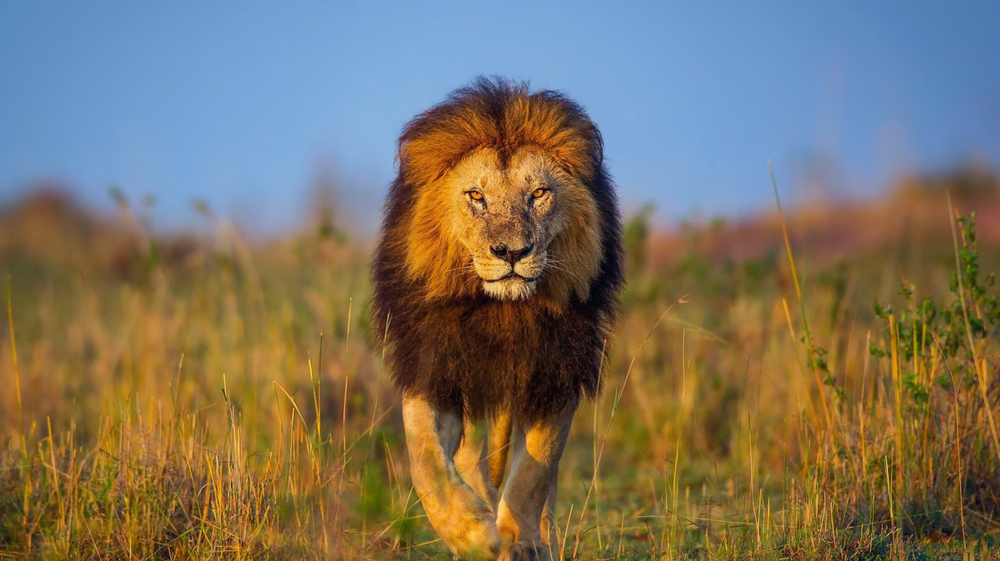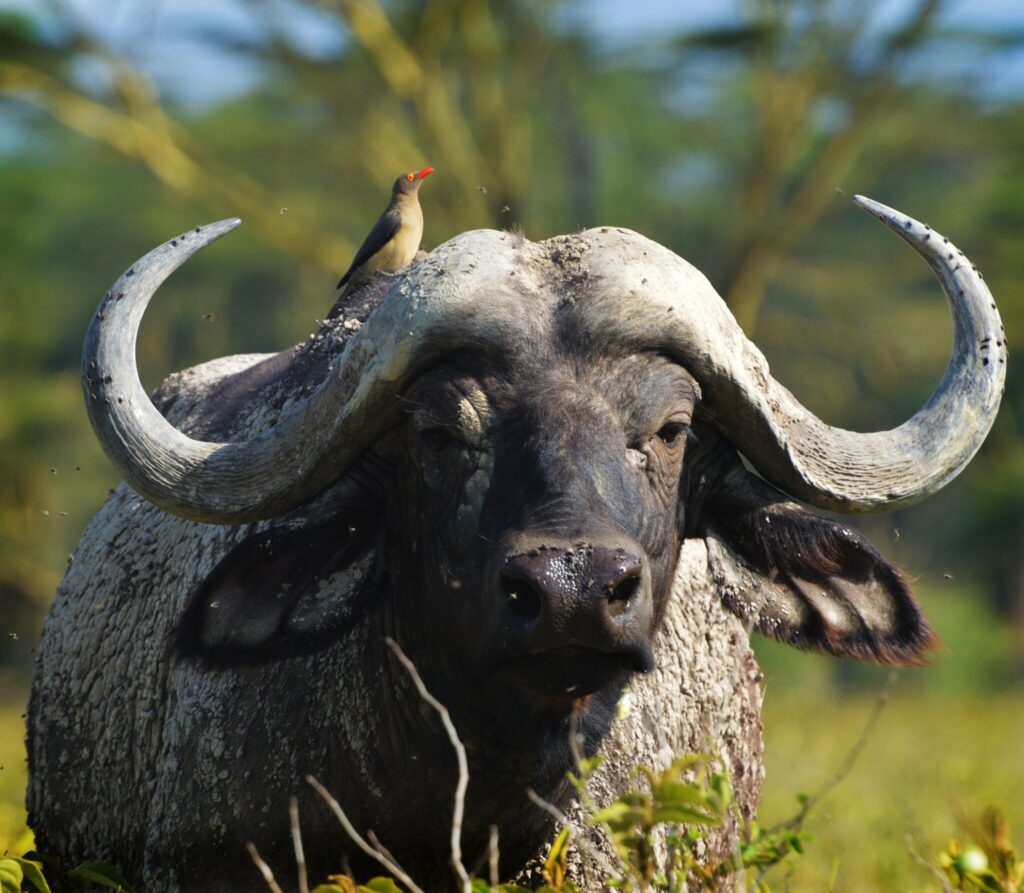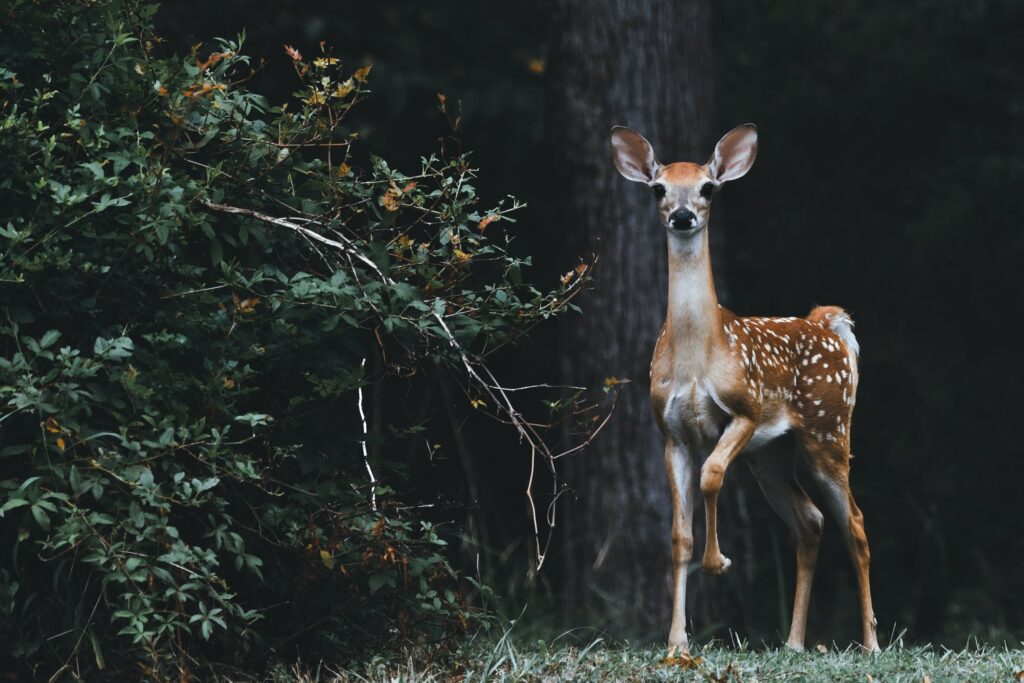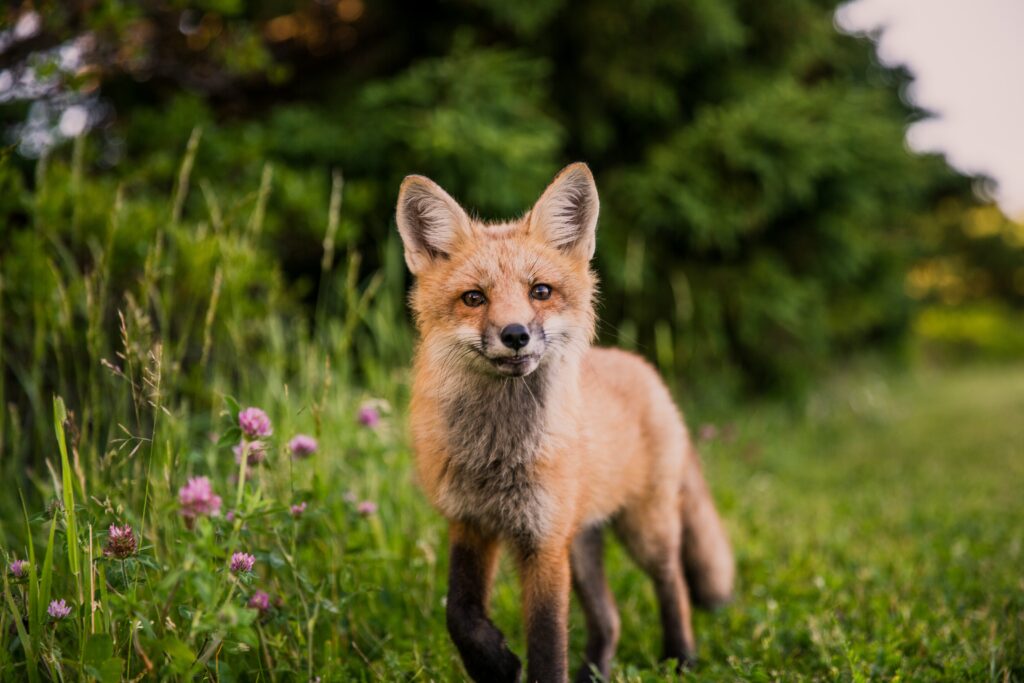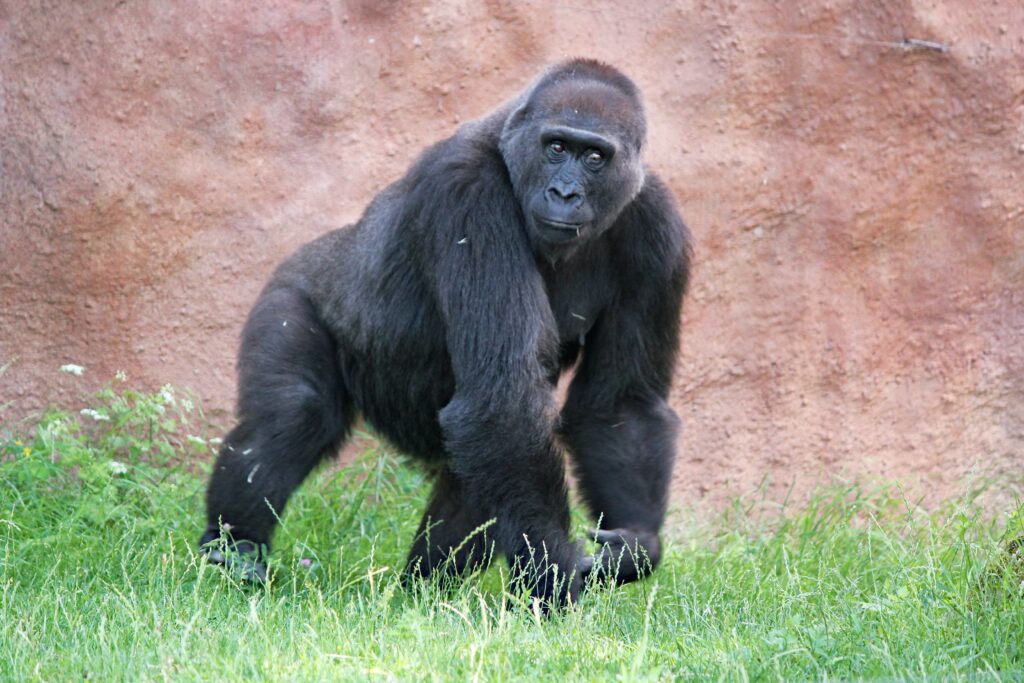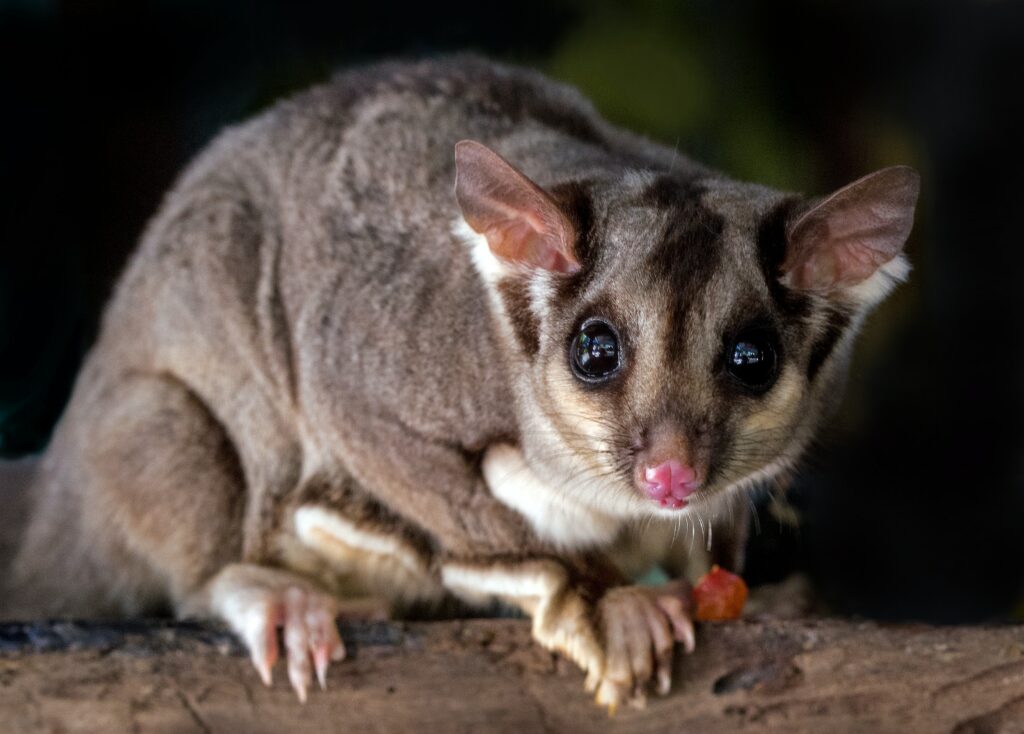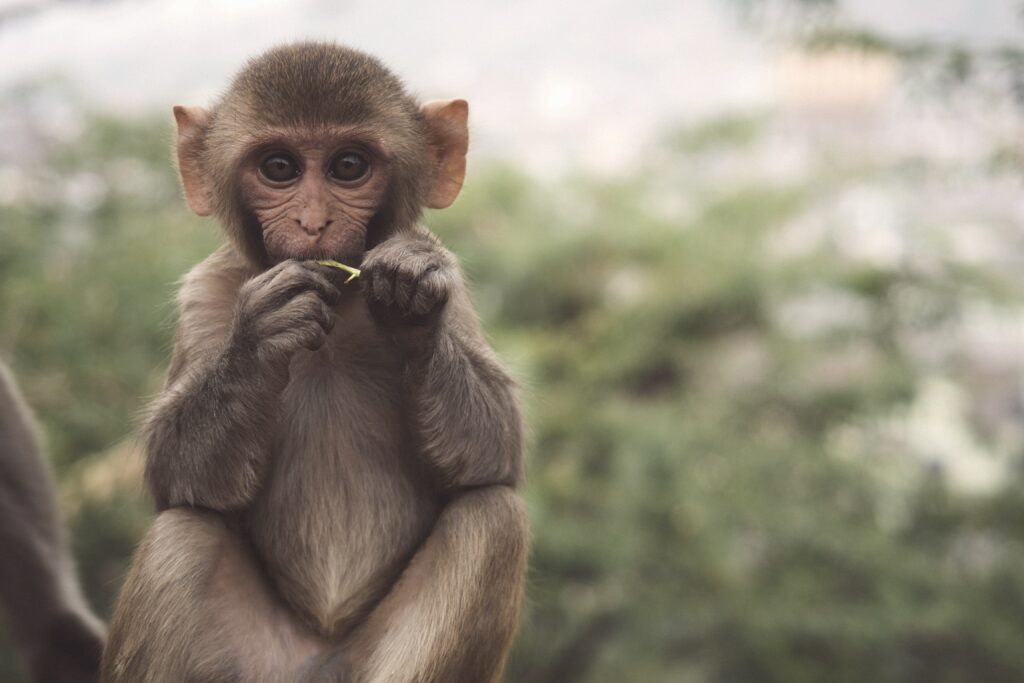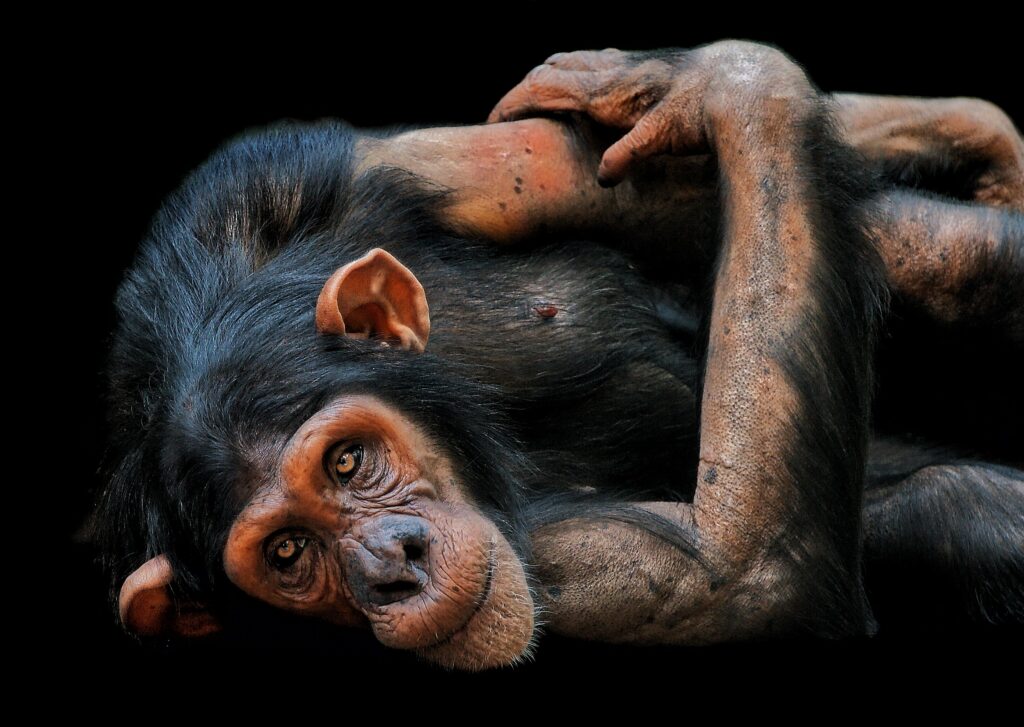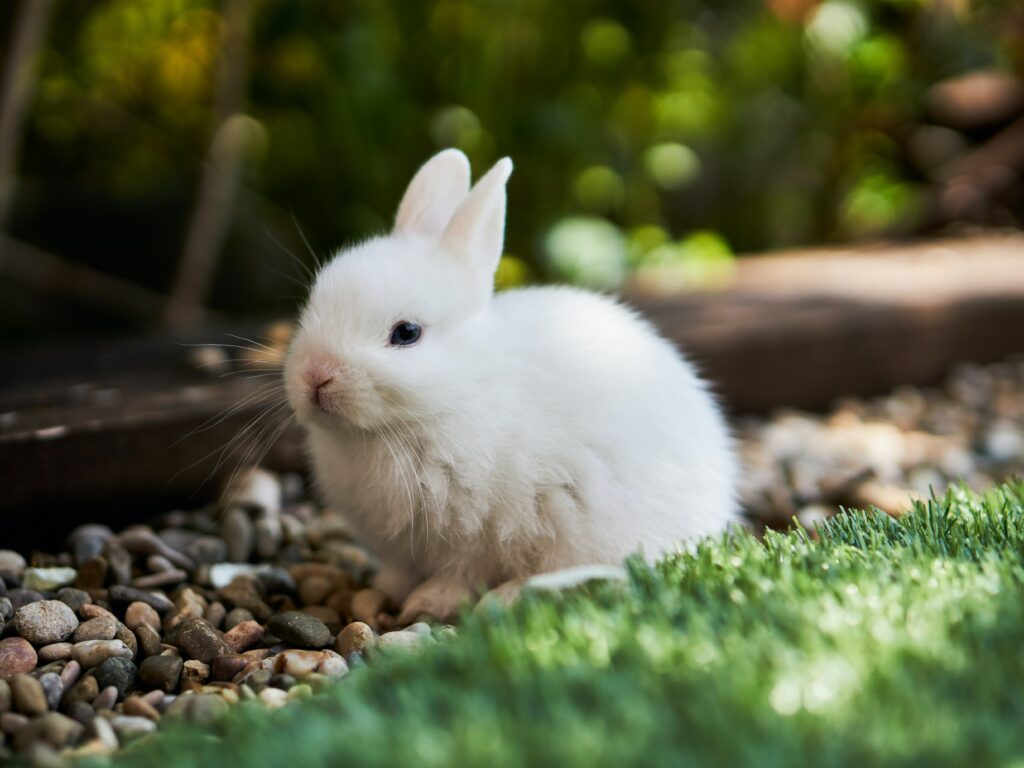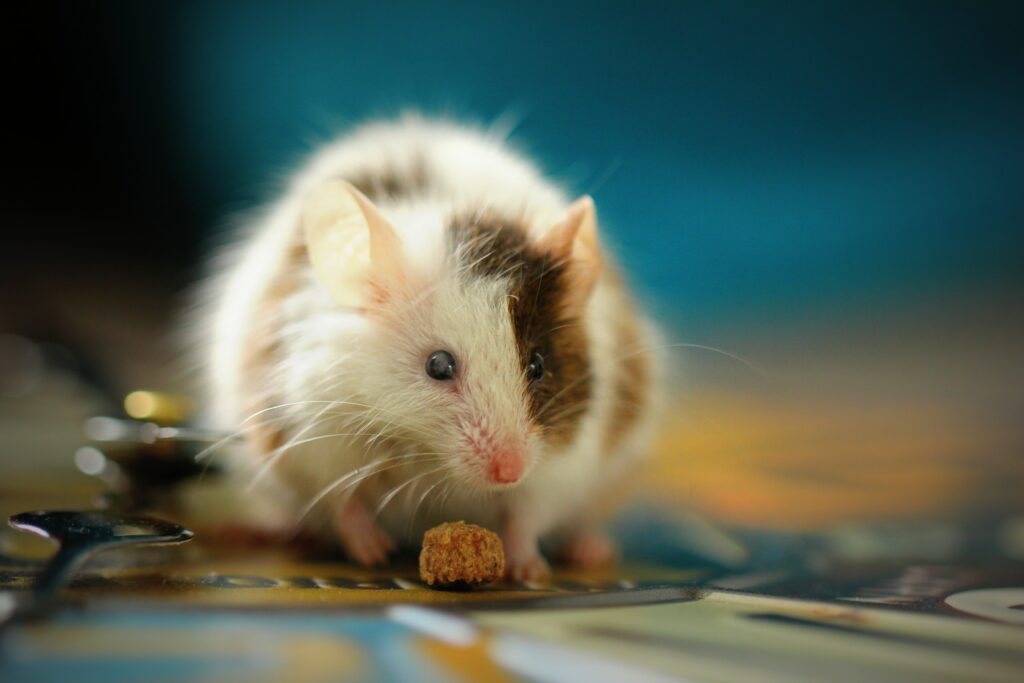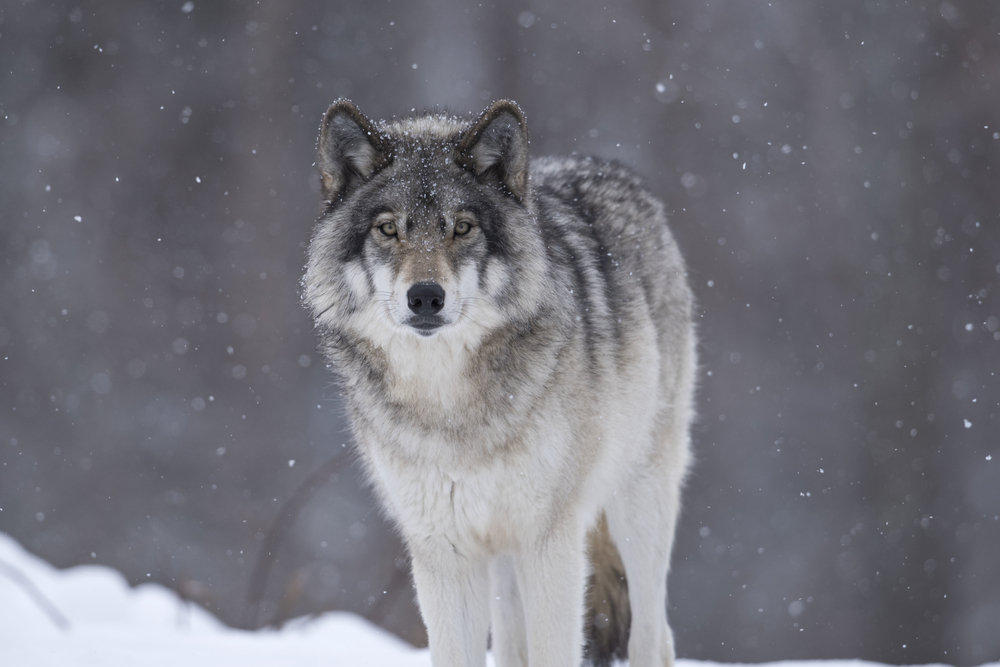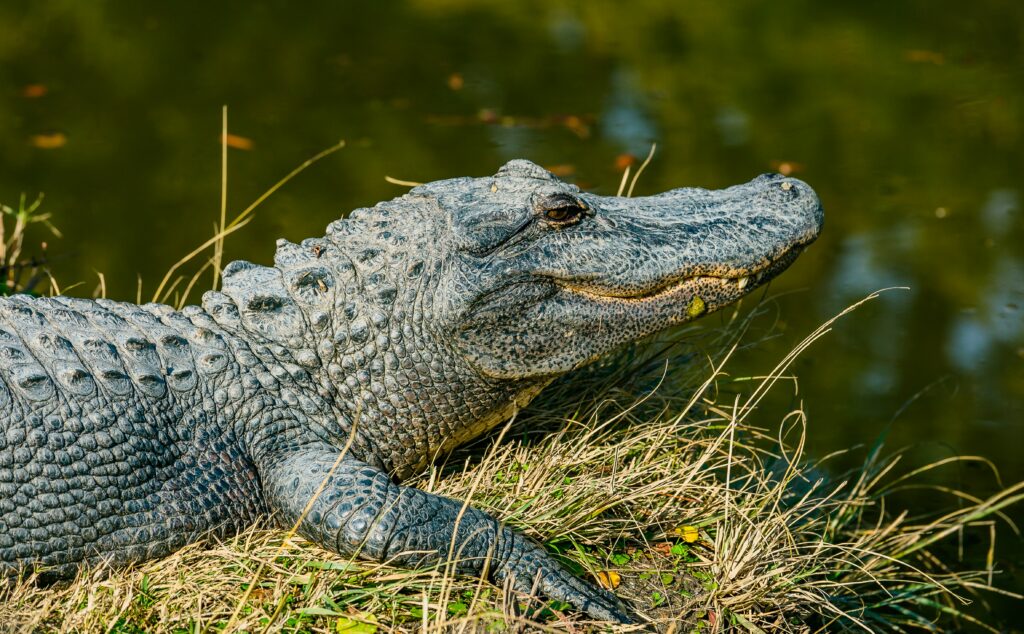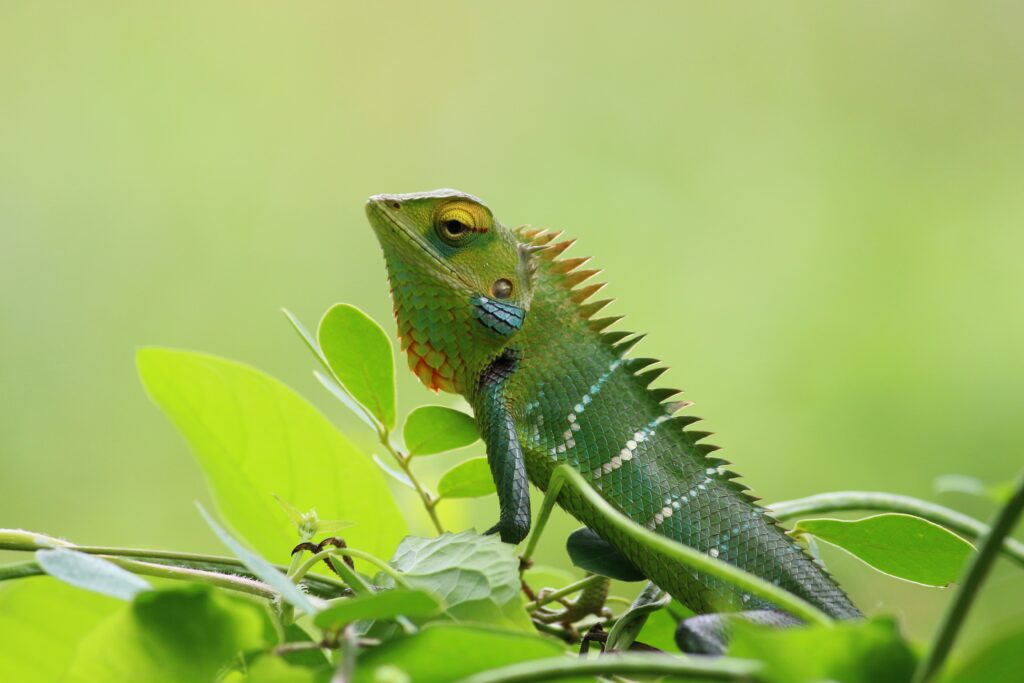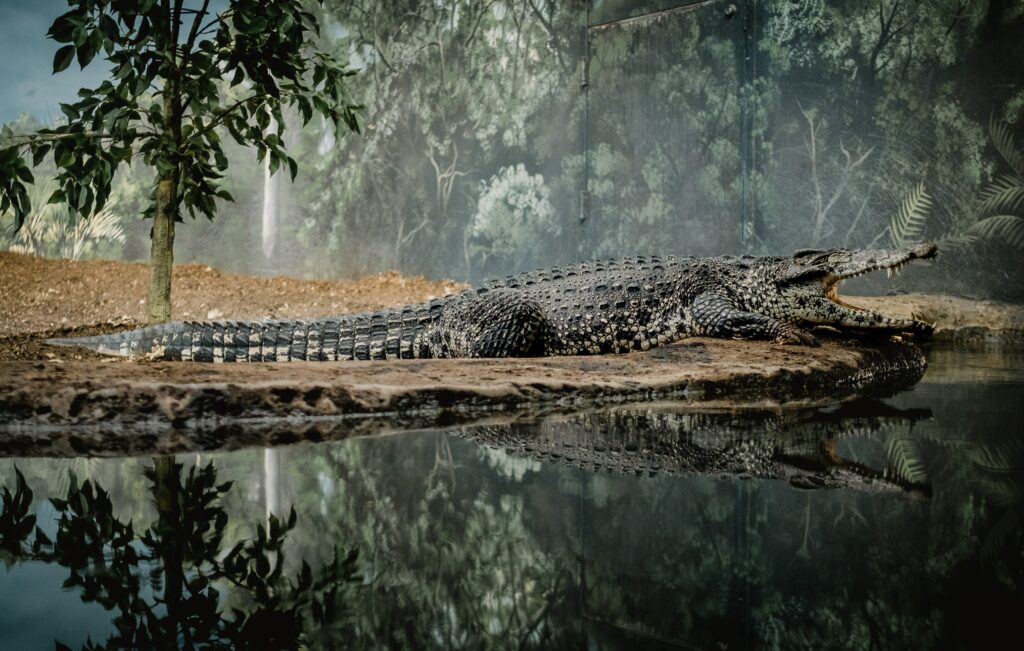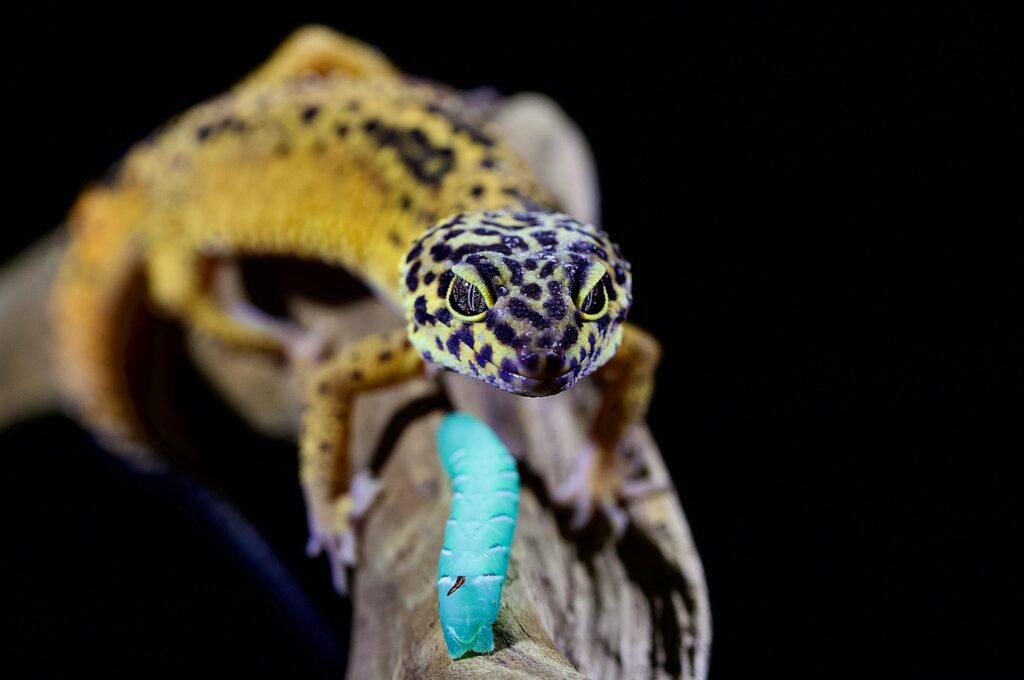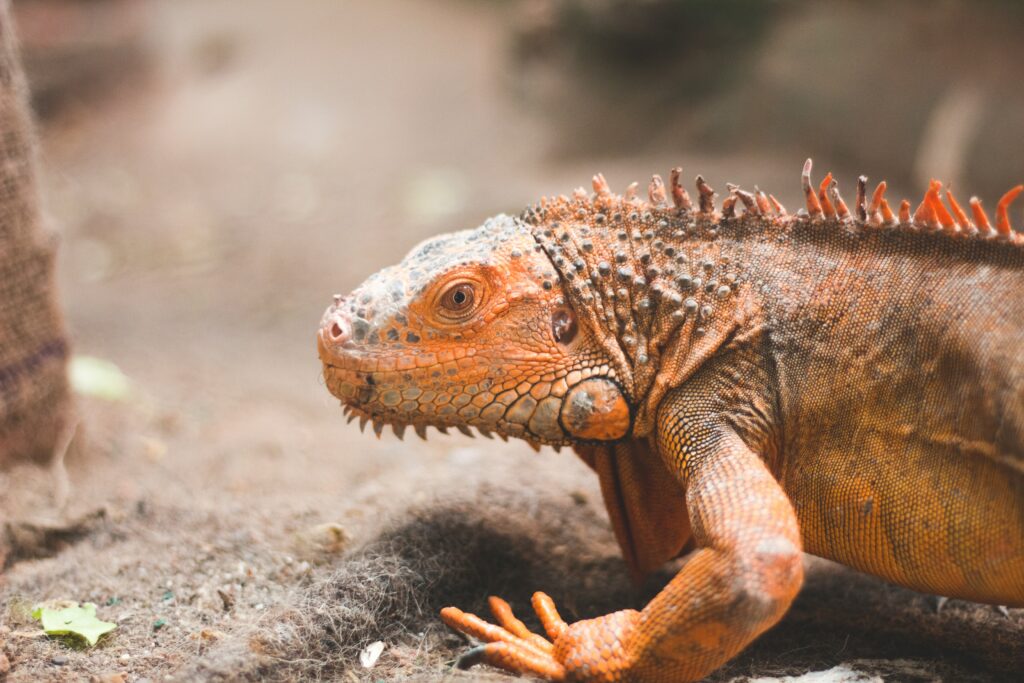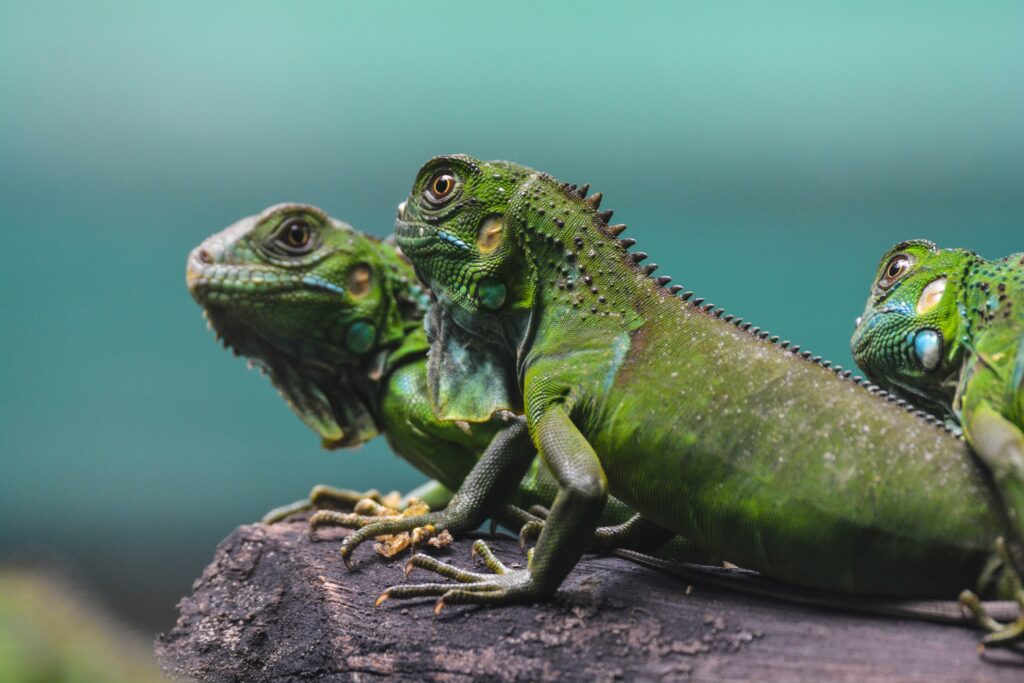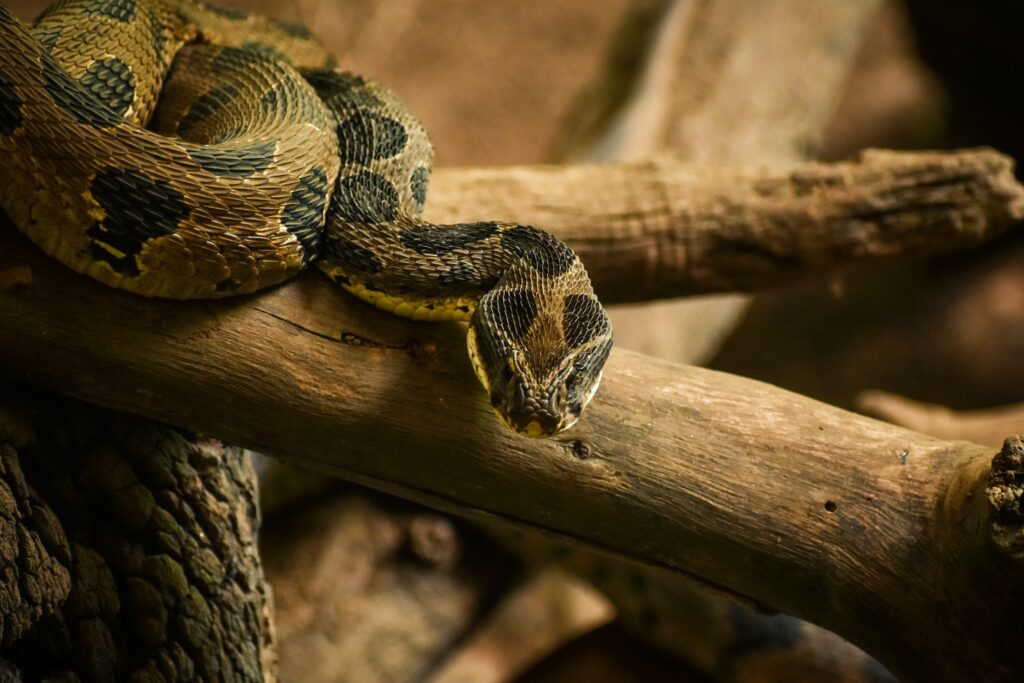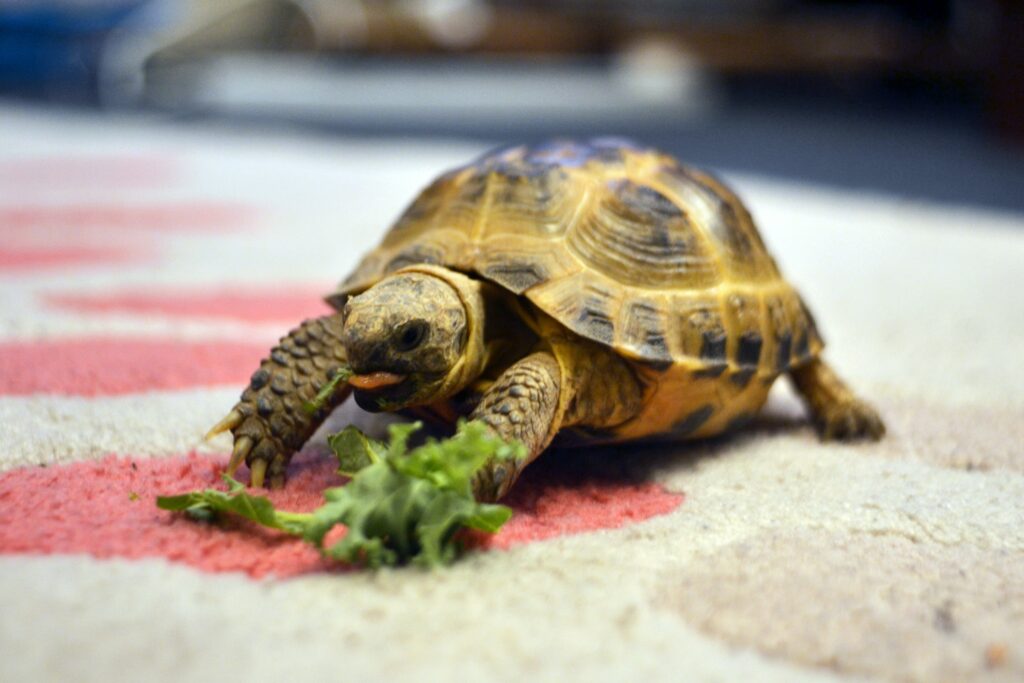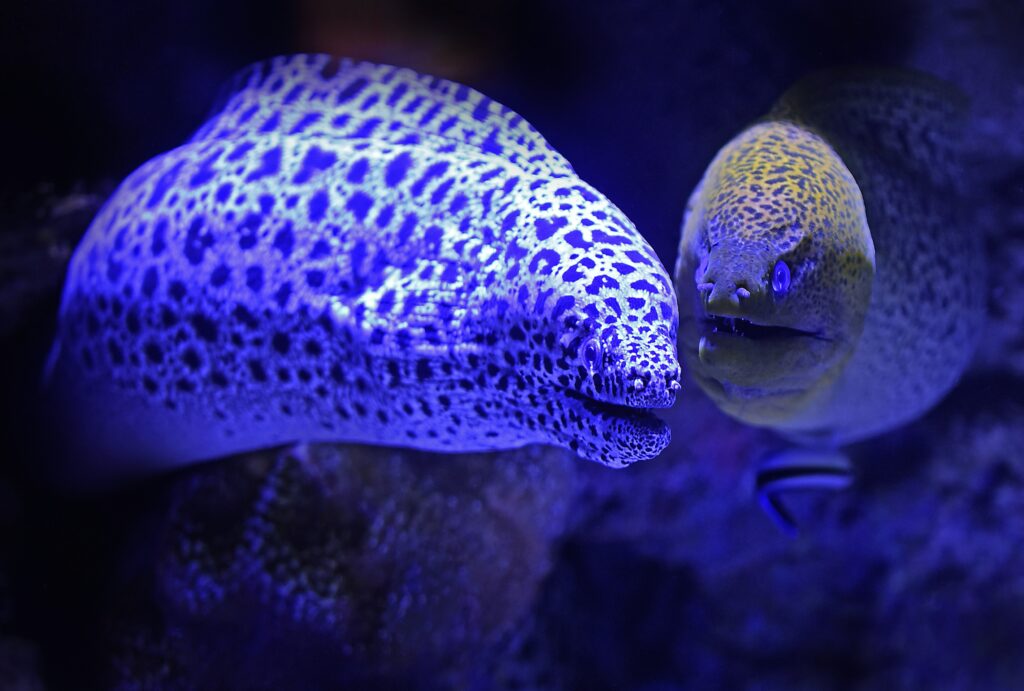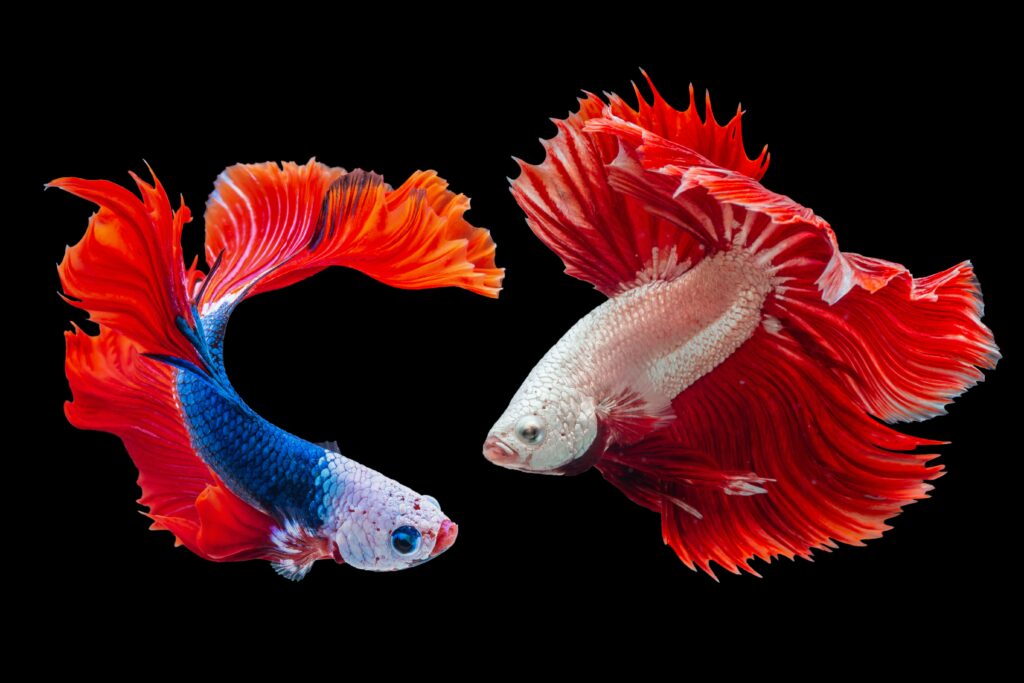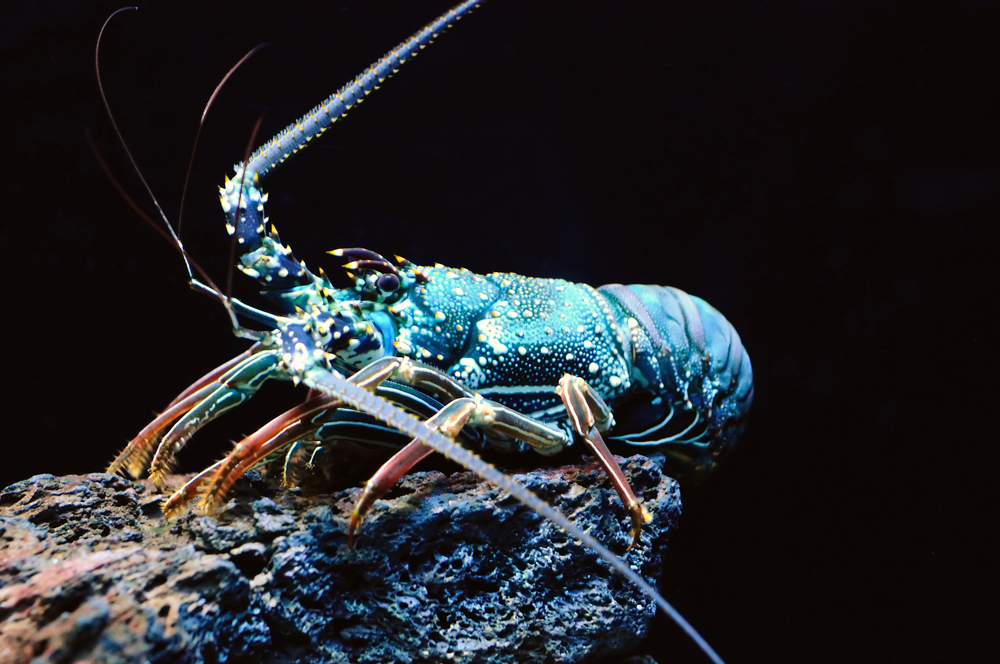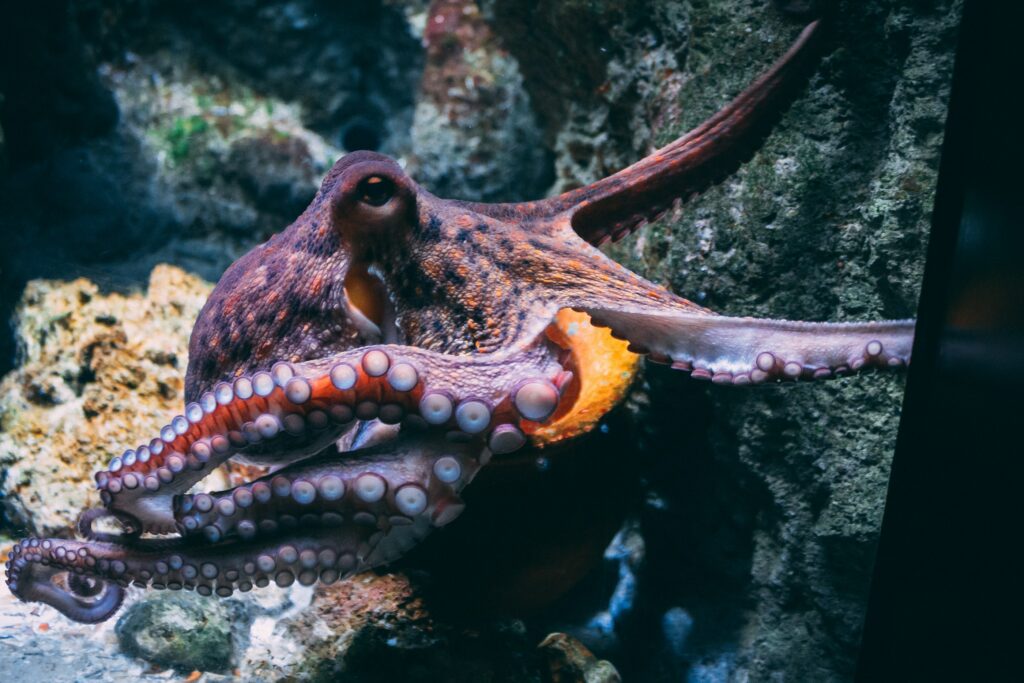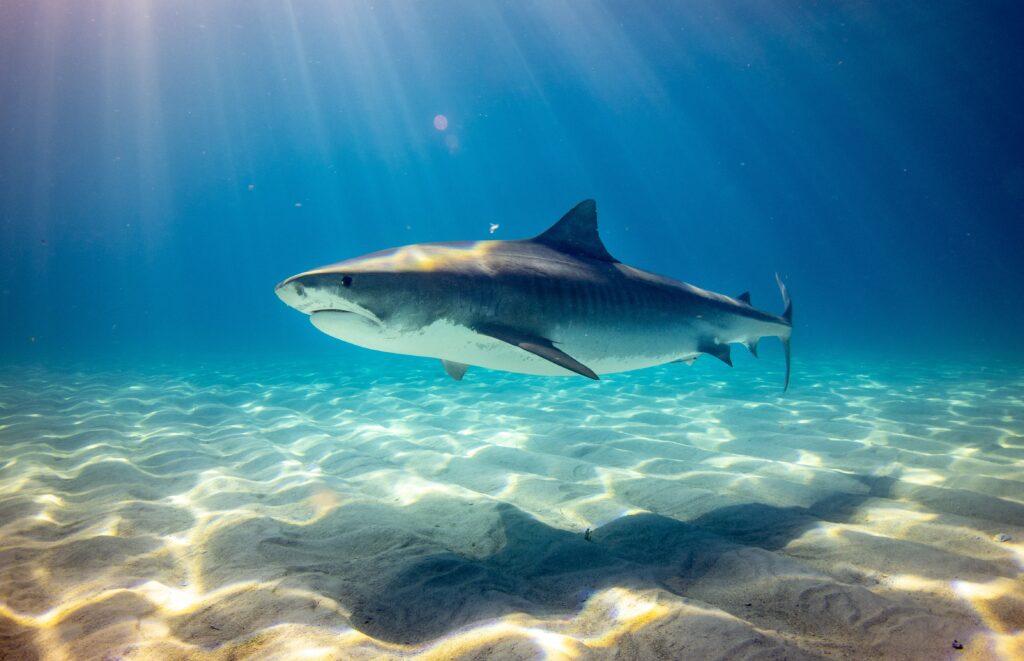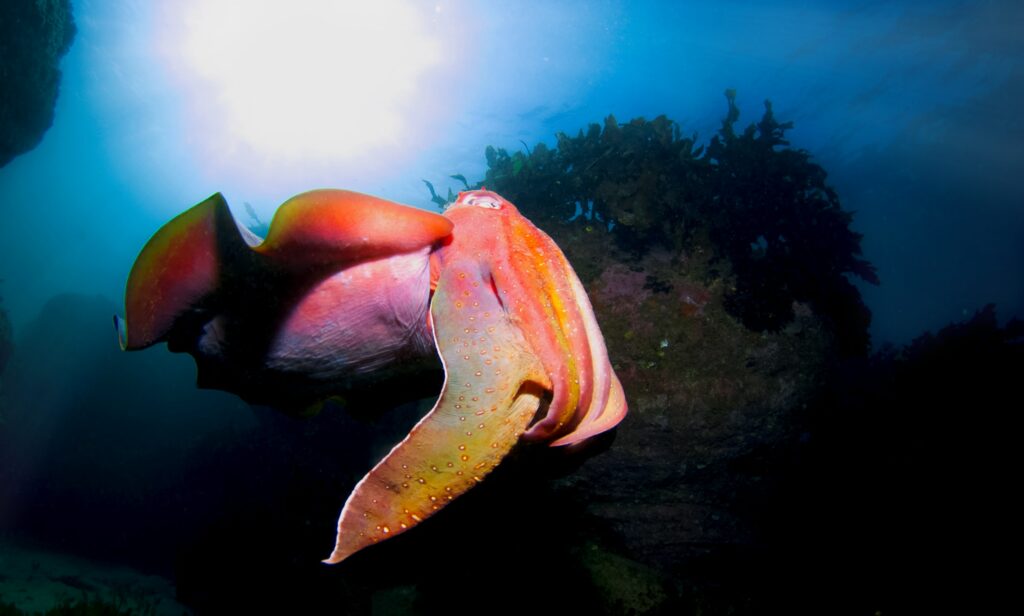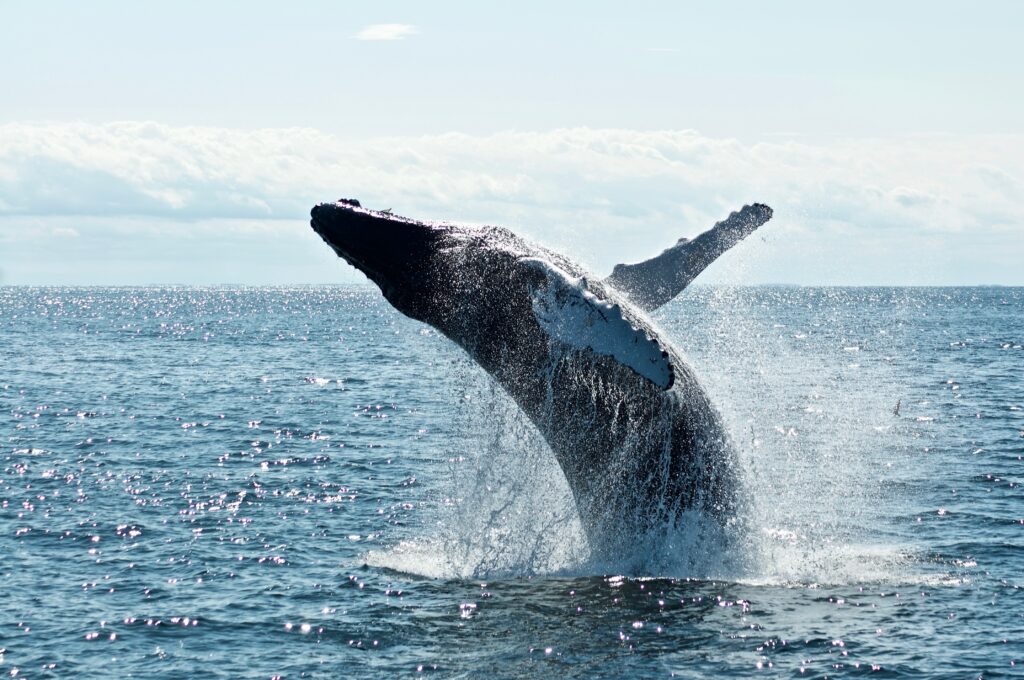There are more than 150,000 described species of flies (order Diptera), and scientists estimate the true number could exceed 1 million worldwide. They range from tiny midges only a millimeter long to large, robust horse flies. Diptera is one of the most diverse insect orders, with species adapted to nearly every environment on Earth.
About Flies
Flies are among the most widespread and diverse insects on Earth, belonging to the order Diptera, which means “two wings.” With more than 150,000 described species and countless more likely undiscovered, they are found in nearly every habitat, from tropical rainforests to Arctic tundra. Flies are instantly recognizable by their single pair of wings and the presence of halteres, small balancing organs that make them agile and precise fliers. While often dismissed as pests, flies play essential roles in ecosystems as pollinators, decomposers, and food for countless other animals.
One of the most familiar species is the house fly (Musca domestica), which thrives in human environments and is a universal symbol of nuisance. Another well-known group is the fruit flies (Drosophilidae), small but scientifically invaluable, as species like Drosophila melanogaster have been central to genetics and biology research for over a century. Horse flies and deer flies (Tabanidae) are notorious for their painful bites, as females feed on blood, while blow flies (Calliphoridae), with their metallic green or blue sheen, are both forensically important in studying decomposition and ecologically vital as recyclers of organic matter.
Flies also include some surprisingly beneficial families. Hoverflies (Syrphidae) mimic bees and wasps in appearance, but they are harmless and important pollinators, especially in gardens and fields. Robber flies (Asilidae) are skilled aerial predators, capable of catching other insects mid-flight. On the opposite end of the spectrum are mosquitoes (Culicidae), which, while technically flies, are infamous worldwide for their role in spreading malaria, dengue, Zika, and other diseases.
From the delicate crane flies (Tipulidae), often mistaken for giant mosquitoes, to the biting black flies (Simuliidae) and the tropical sand flies (Phlebotominae), Diptera encompasses remarkable variety. Flies are not just pests—they are ecological players, scientific models, and in many cases, unsung heroes of the natural world.
Types of Flies
Horse Fly
A Horse fly is a large, fast-flying insects with powerful wings. Females deliver painful bites using blade-like mouthparts, feeding on blood from mammals, including humans.
Read MoreHousefly
The housefly is a common worldwide insect, thriving near humans. Known for spreading germs, it feeds on decaying matter and reproduces rapidly in warm environments.
Read MoreMosquito
A Mosquito is a slender, two-winged fly with long legs and proboscises. Females feed on blood, transmitting diseases like malaria, while males primarily consume nectar.
Read MoreFAQ’s
1. How many types of flies are there?
2. How do flies and mosquitoes differ?
Mosquitoes are actually a subset of flies, belonging to the family Culicidae. While all flies share two wings and halteres for balance, mosquitoes differ by having long, slender bodies, elongated legs, and needle-like mouthparts for piercing skin and sucking blood. Most flies feed on decaying matter, nectar, or other insects, while mosquitoes specialize in blood-feeding (in females) and nectar-feeding (in both sexes).
3. What is the largest and smallest type of flies?
The largest fly is the Gauromydas heros, a South American species that can reach nearly 4 inches (10 cm) in length—longer than some hummingbirds. On the other extreme, the smallest flies belong to the genus Euryplatea (phorid flies), measuring just 0.4 millimeters, small enough to lay eggs inside the heads of ants.
4. What is the fastest fly?
The horse fly (Tabanus spp.) is often considered the fastest fly, capable of reaching speeds around 90 miles per hour (145 km/h) in short bursts. Their powerful wings and muscular bodies make them strong, relentless fliers—traits that help them pursue prey and evade predators.
5. Which fly bites the hardest?
The horse fly also holds the title for the most painful bite. Female horse flies use sharp, blade-like mouthparts to slice the skin before feeding on blood. Their bites are not only painful but can also transmit diseases in livestock and wildlife.
